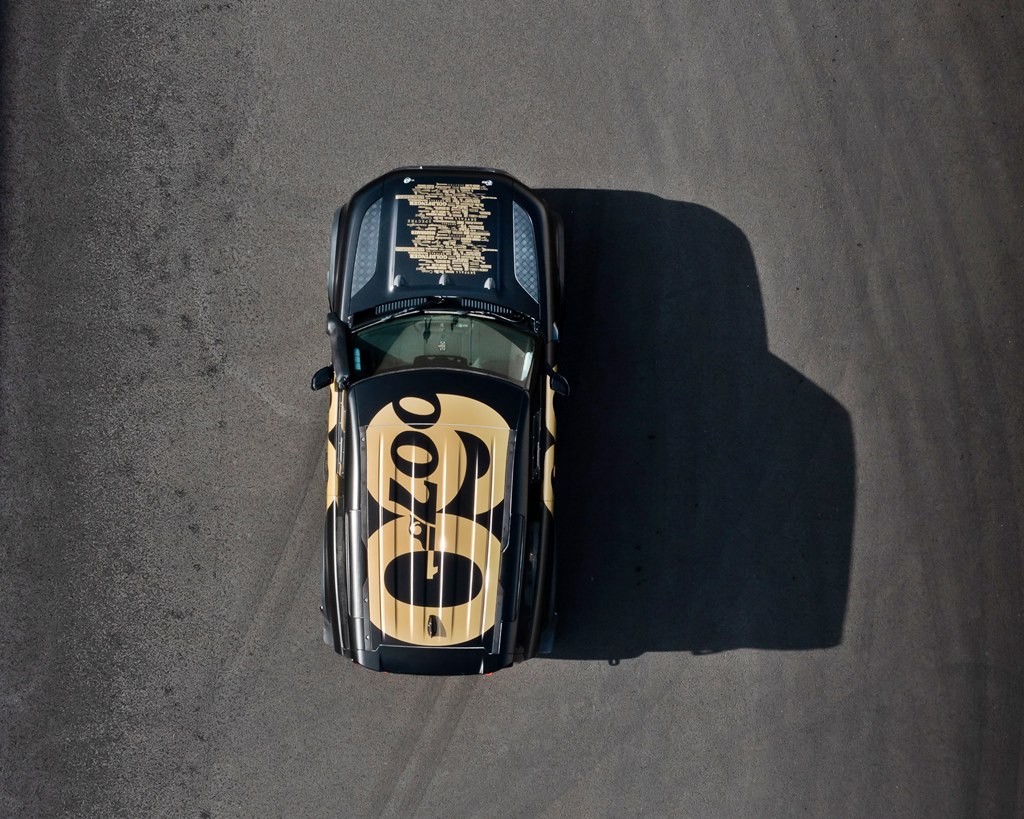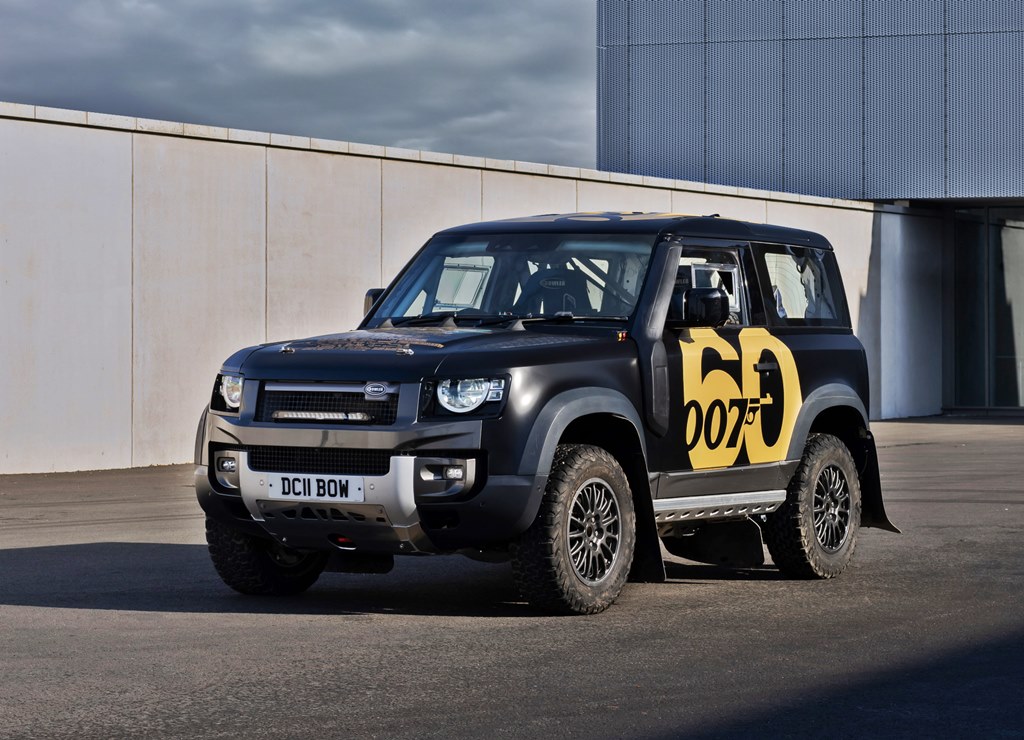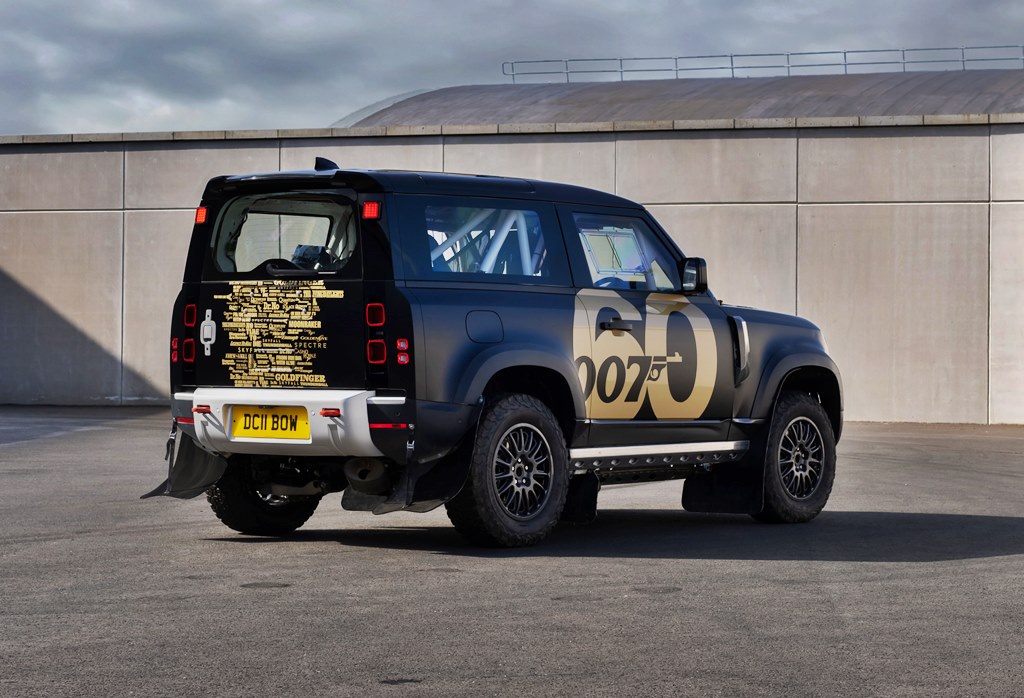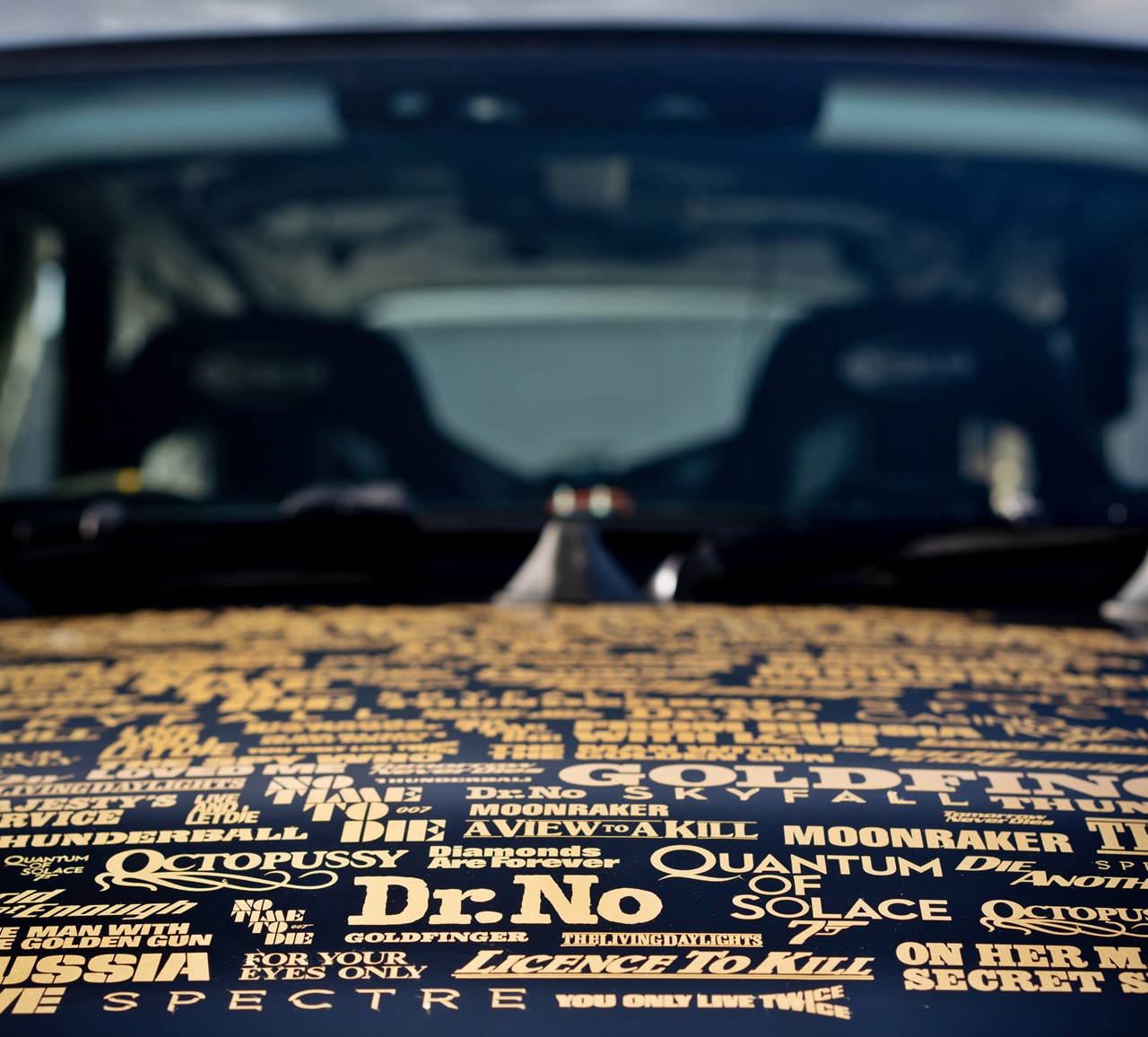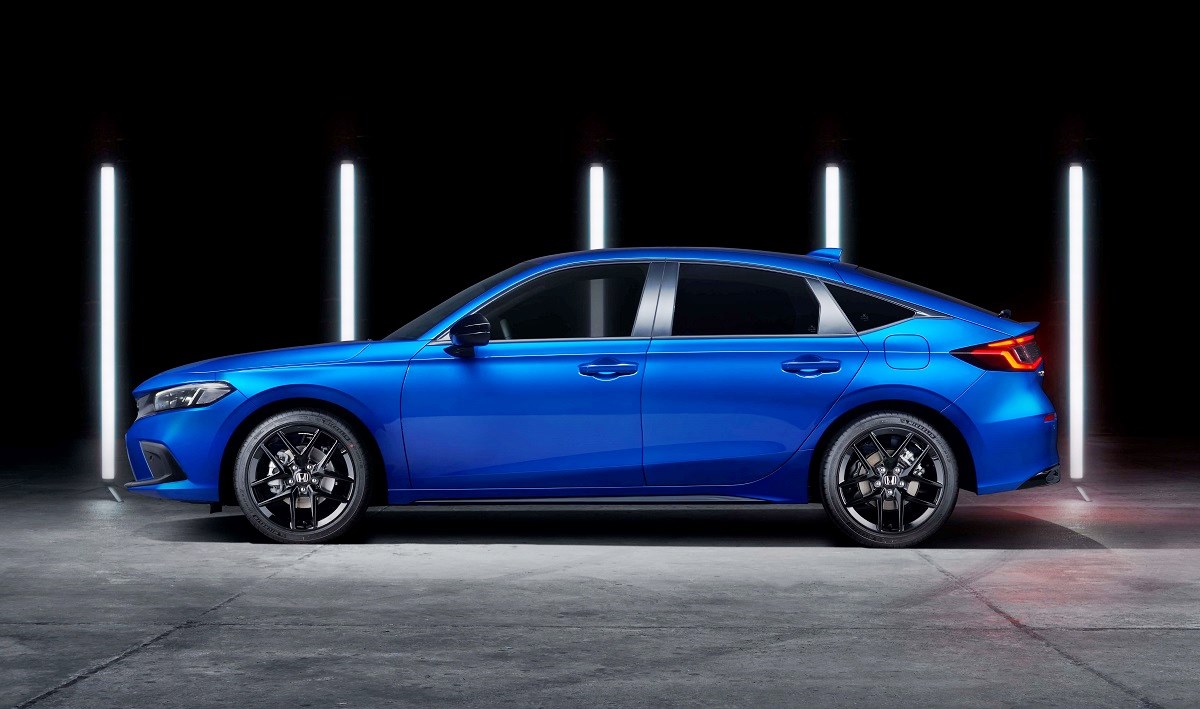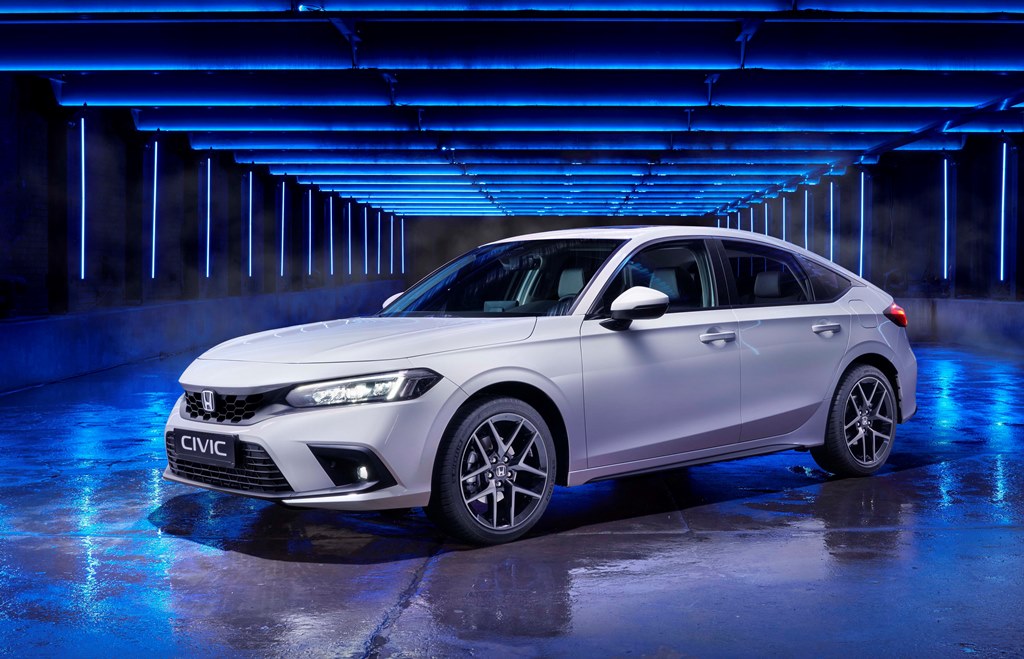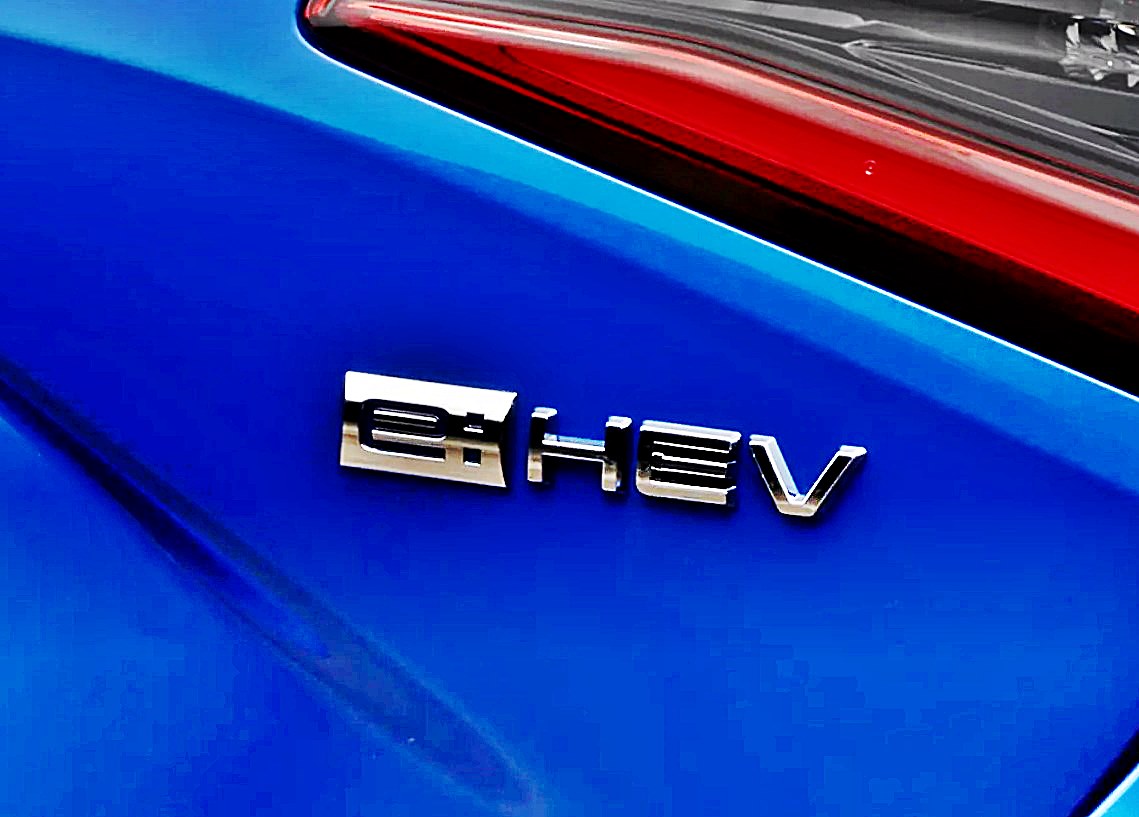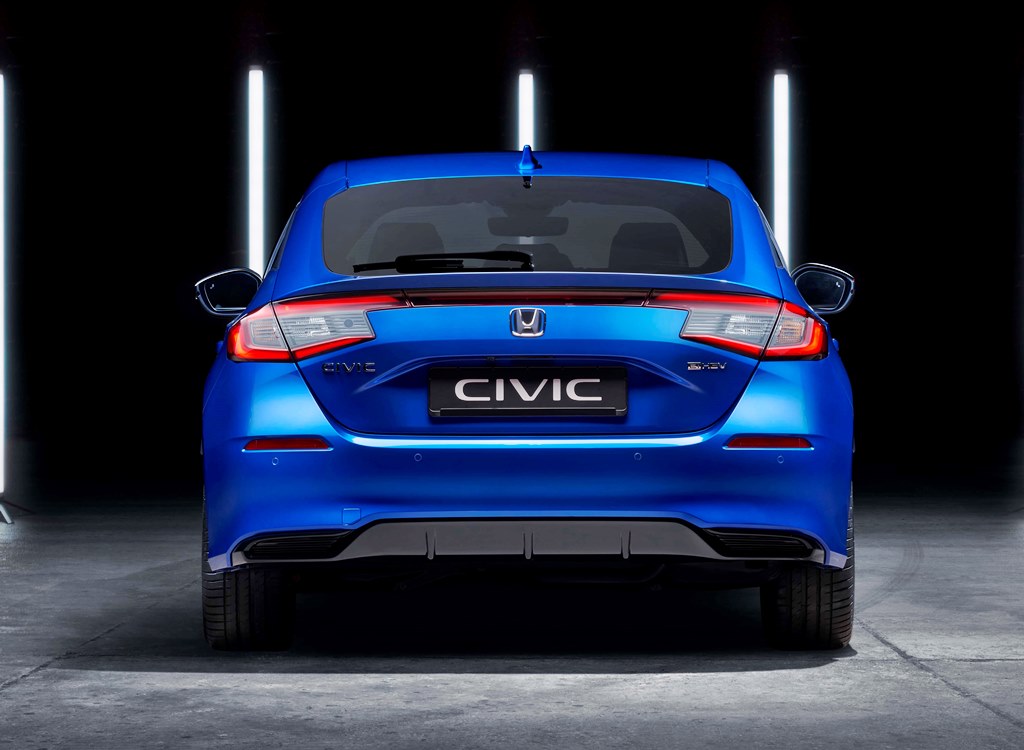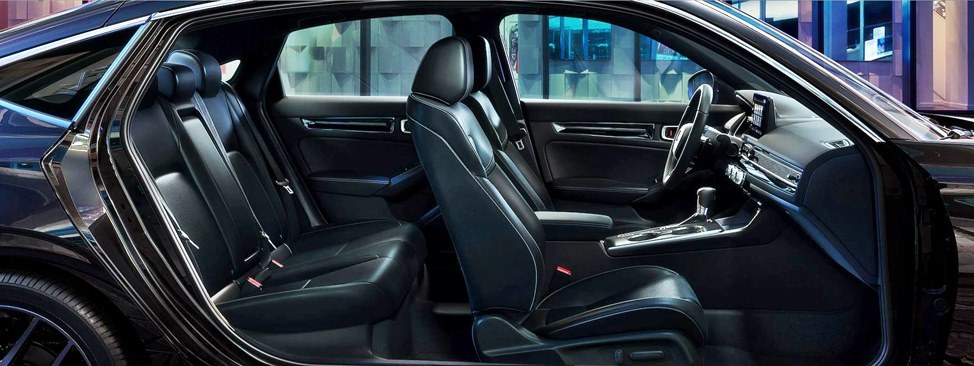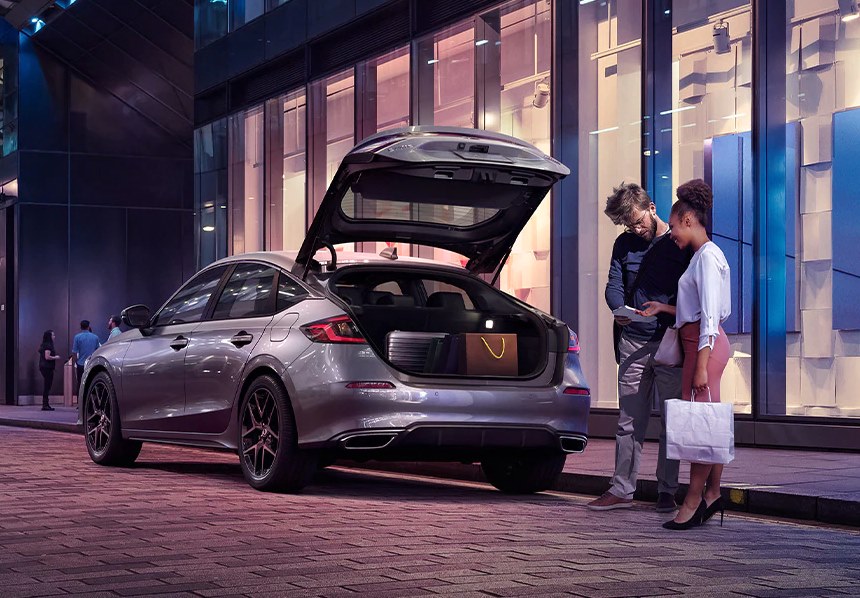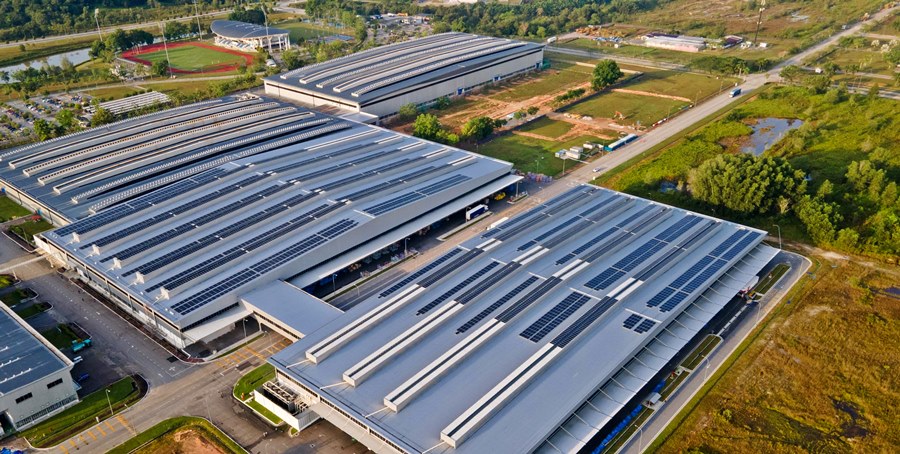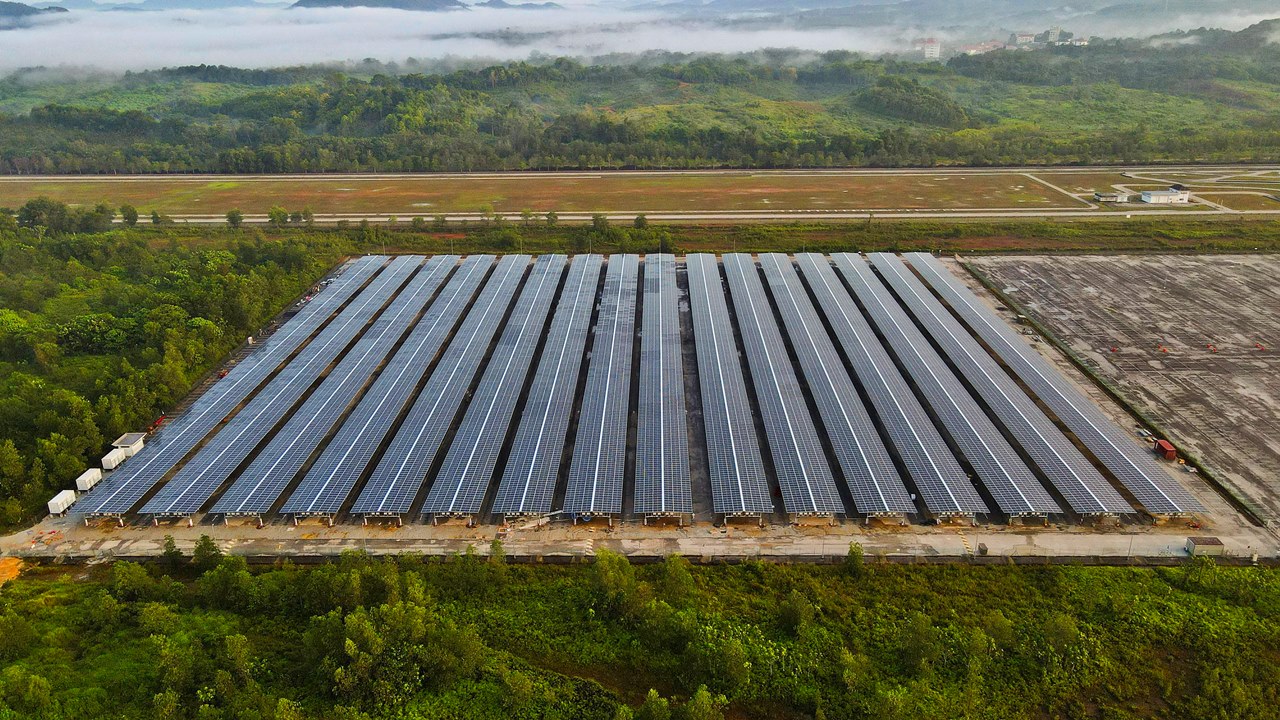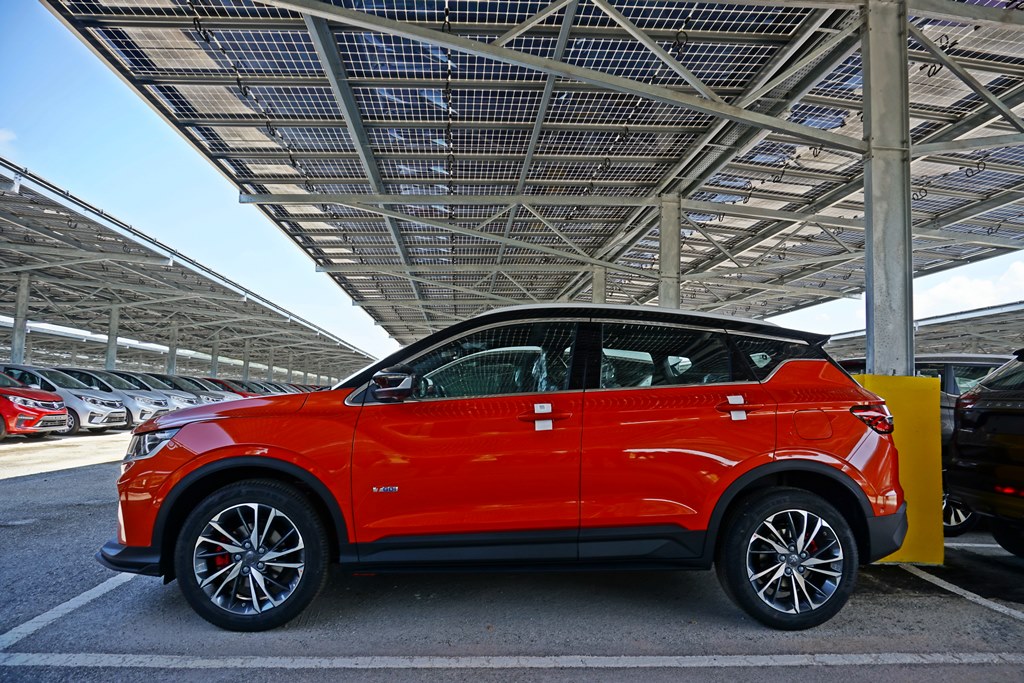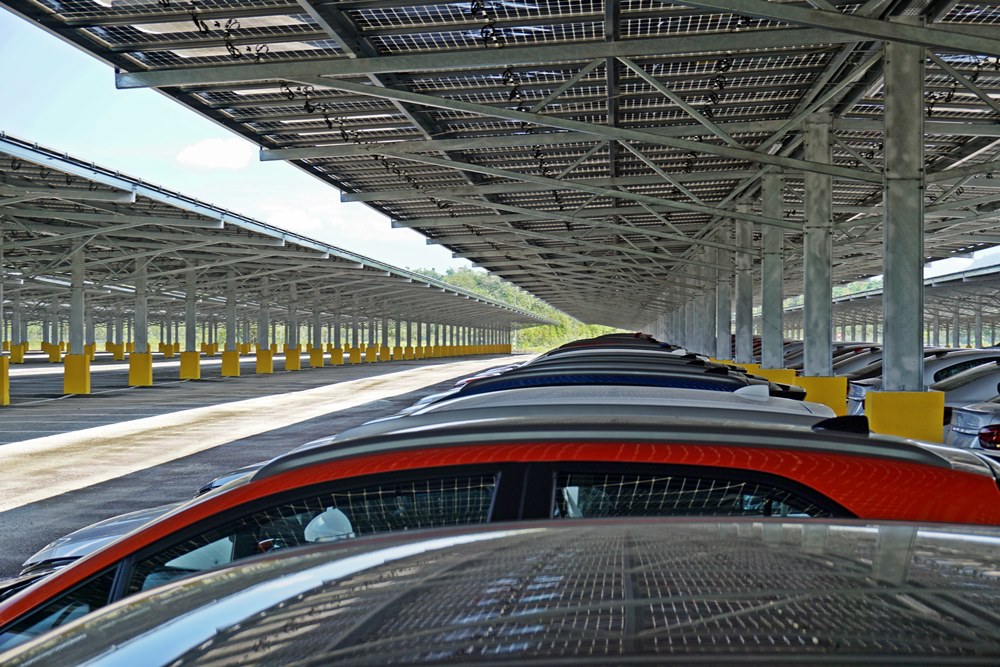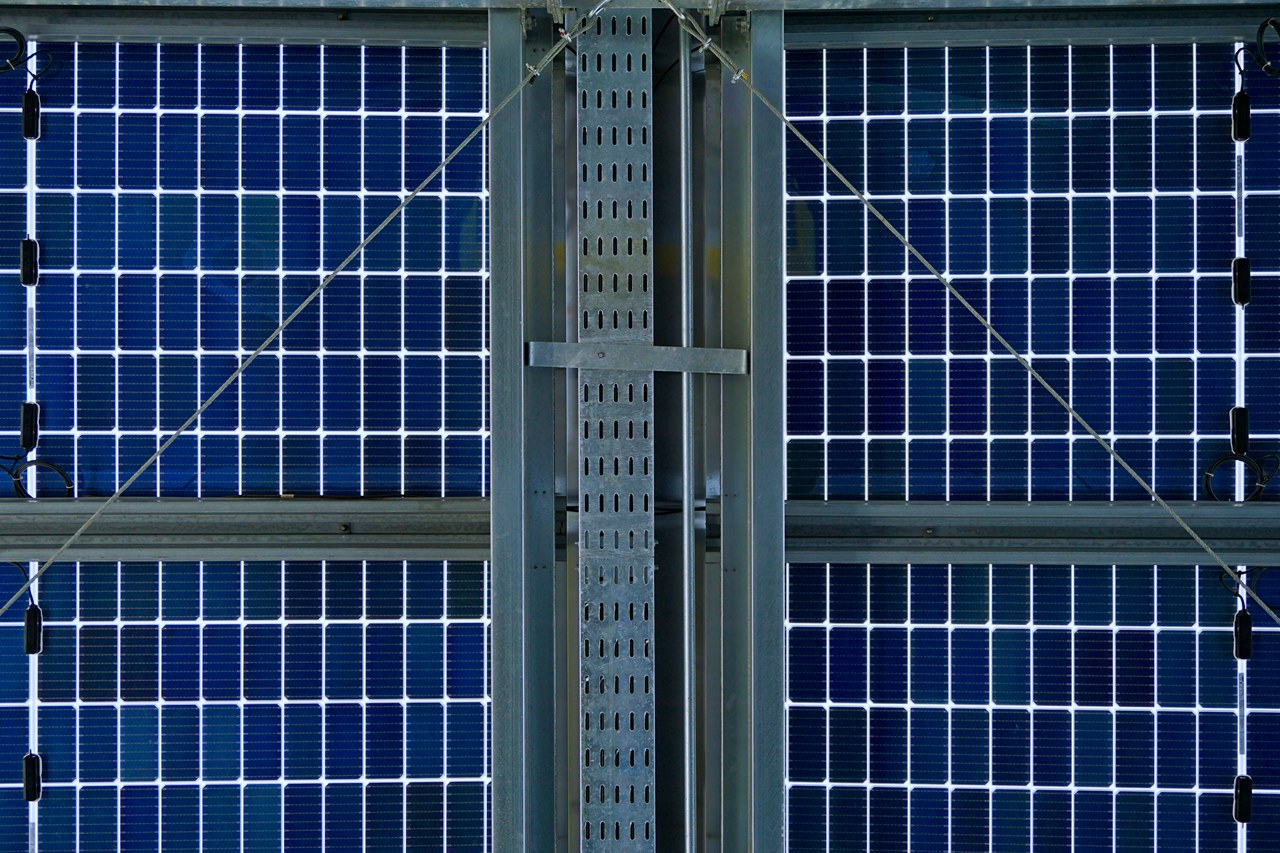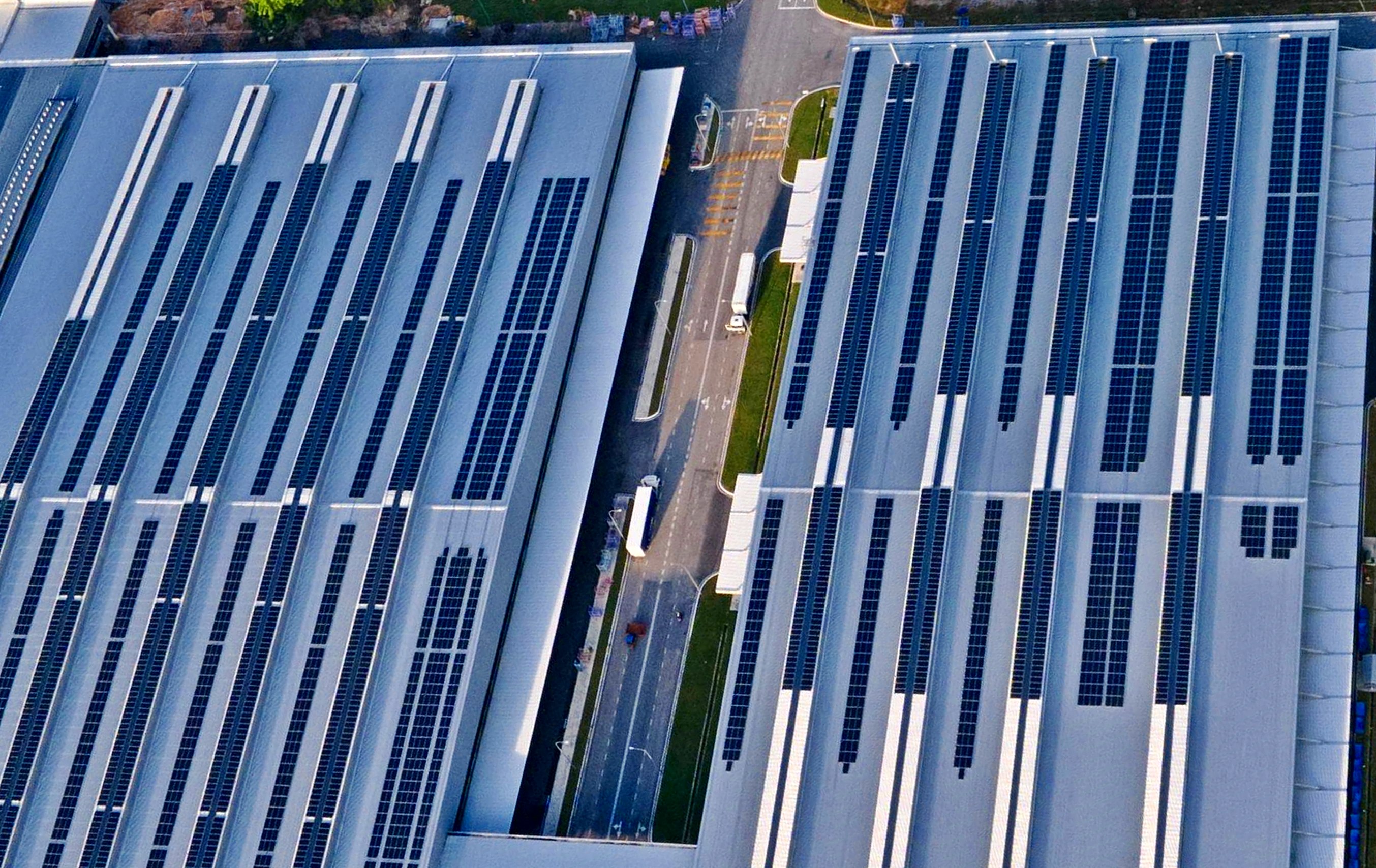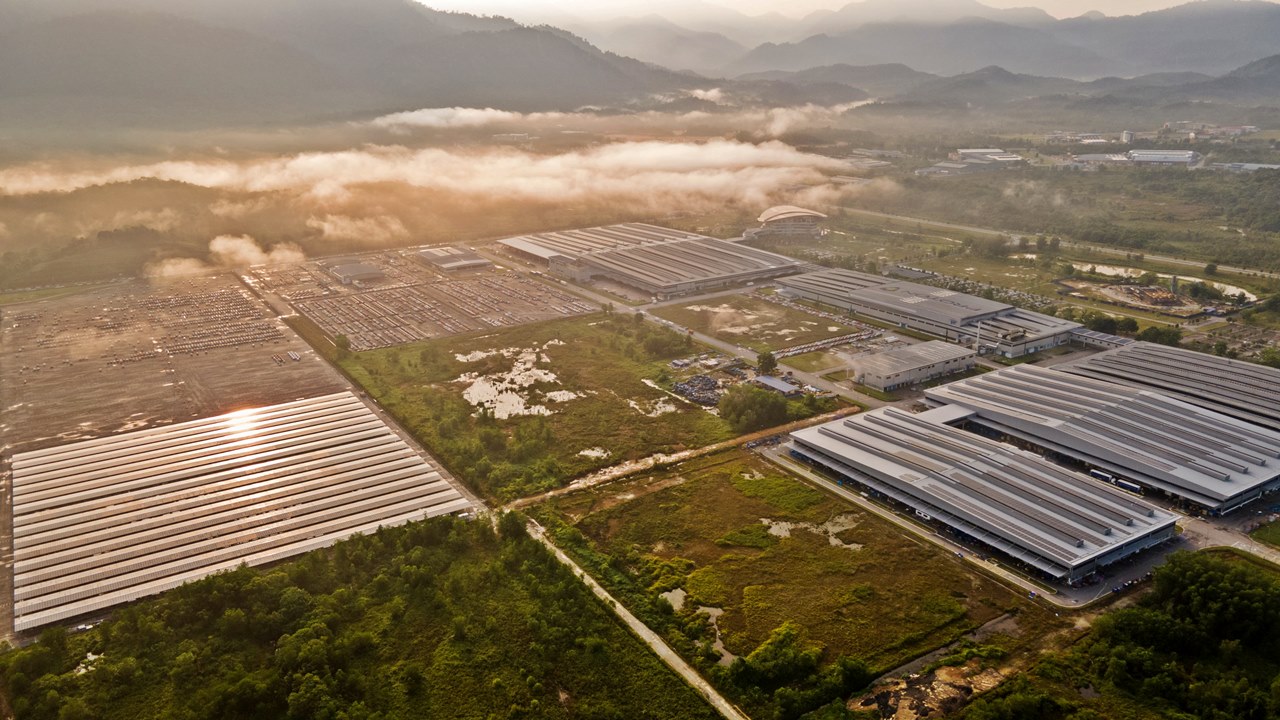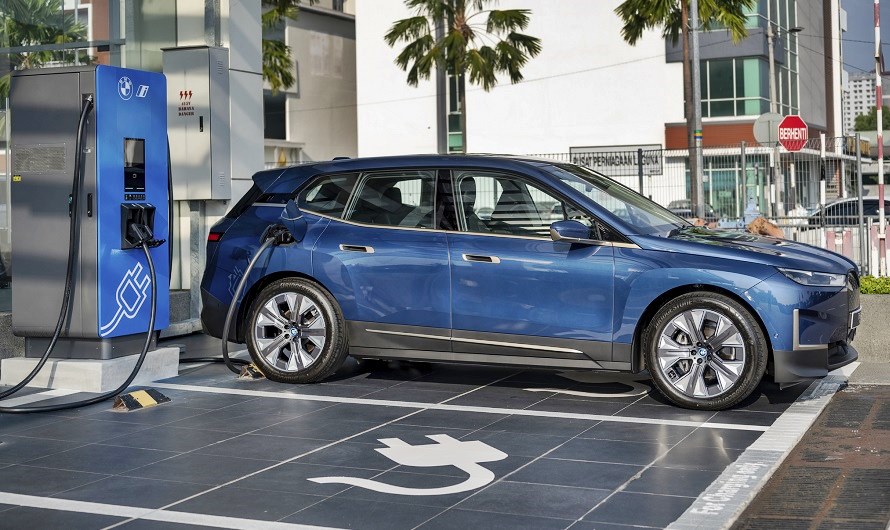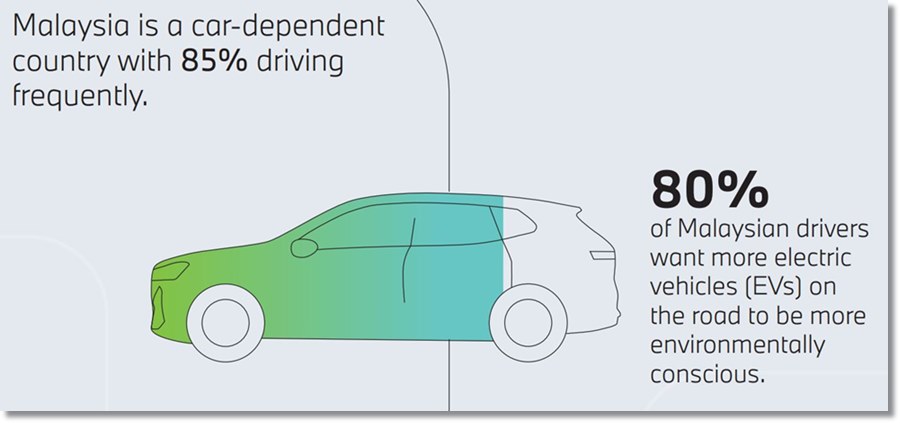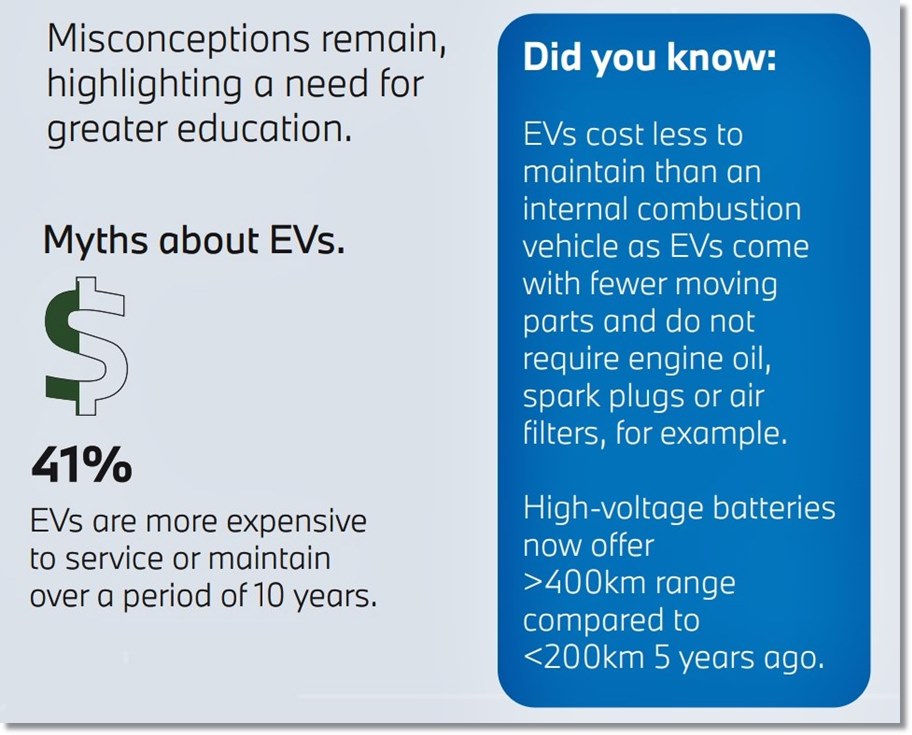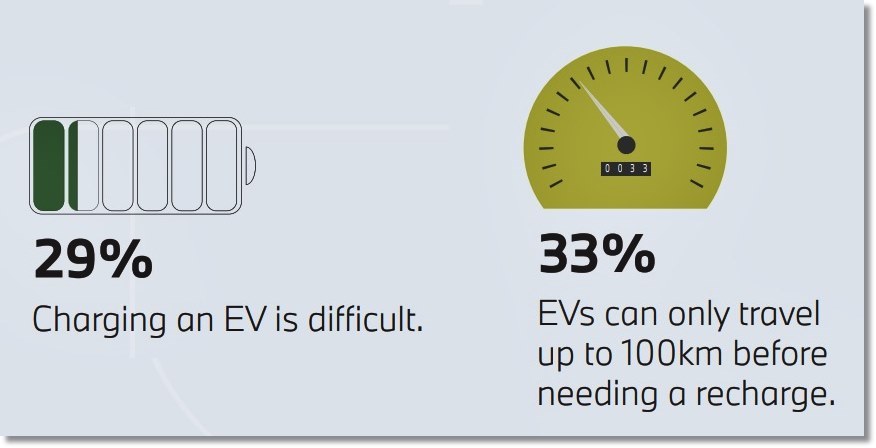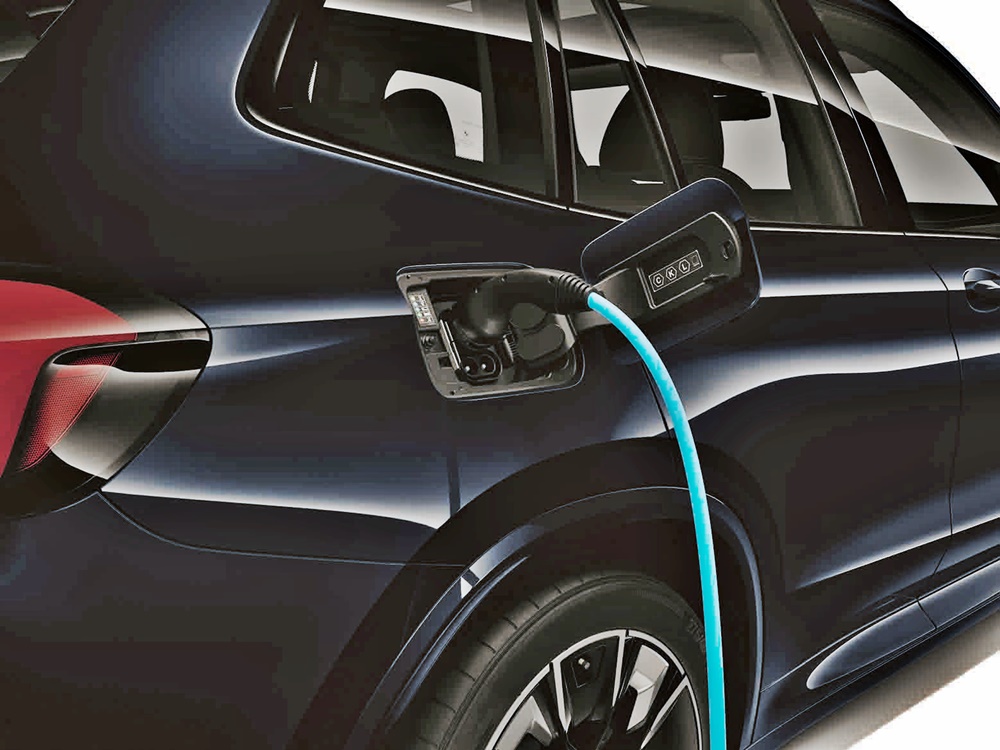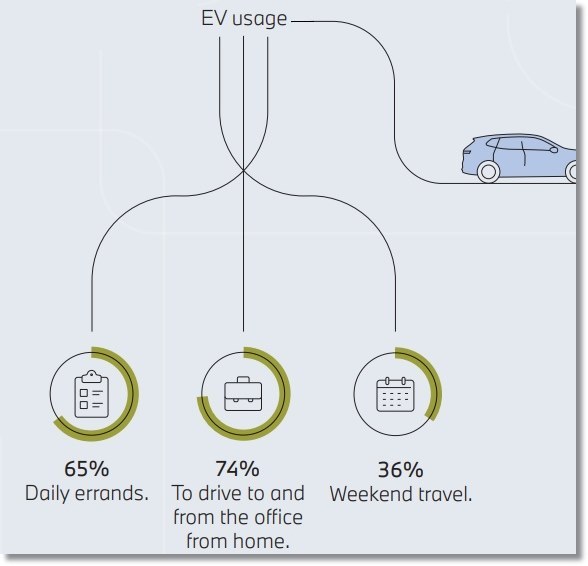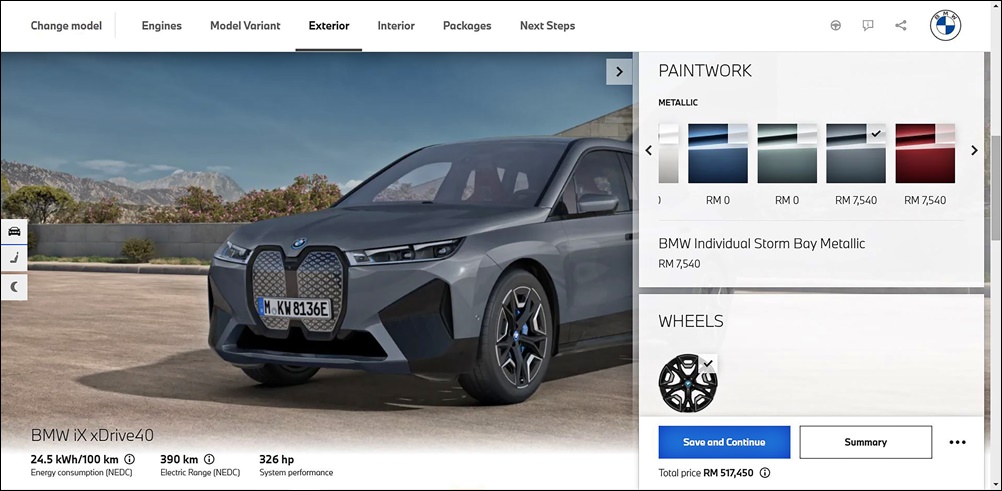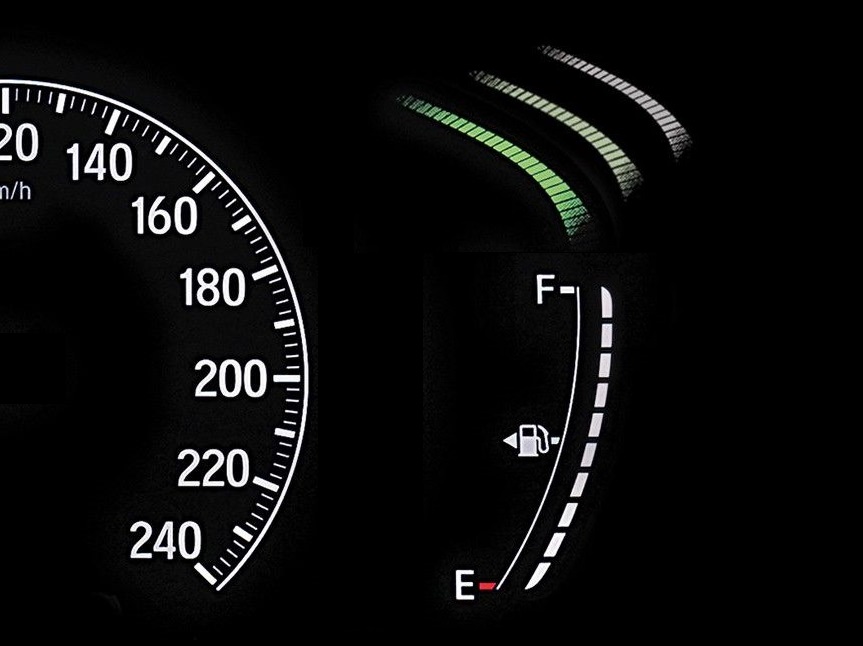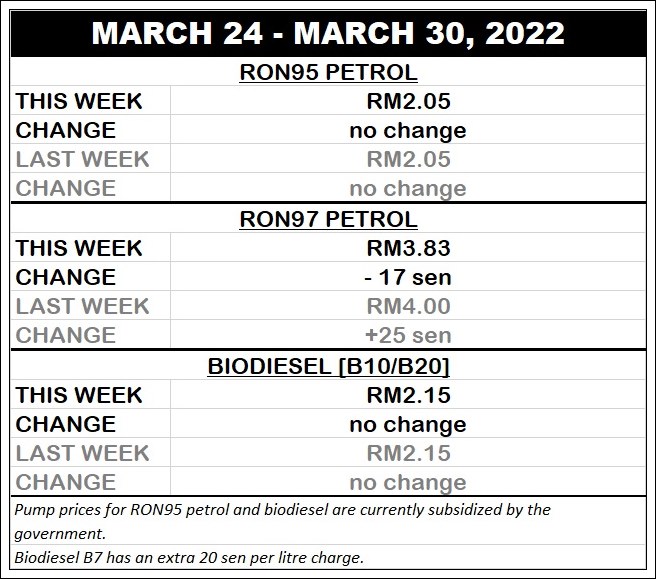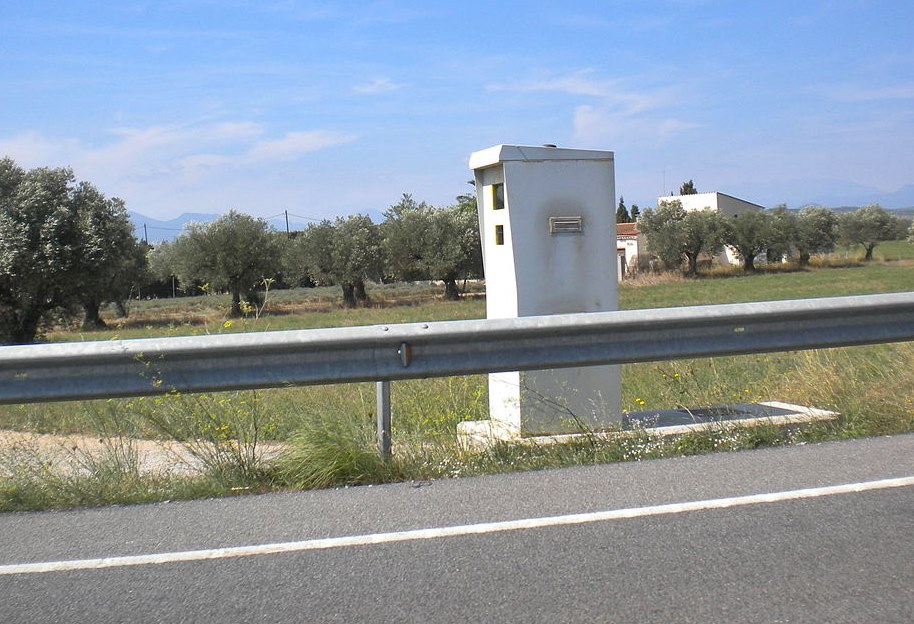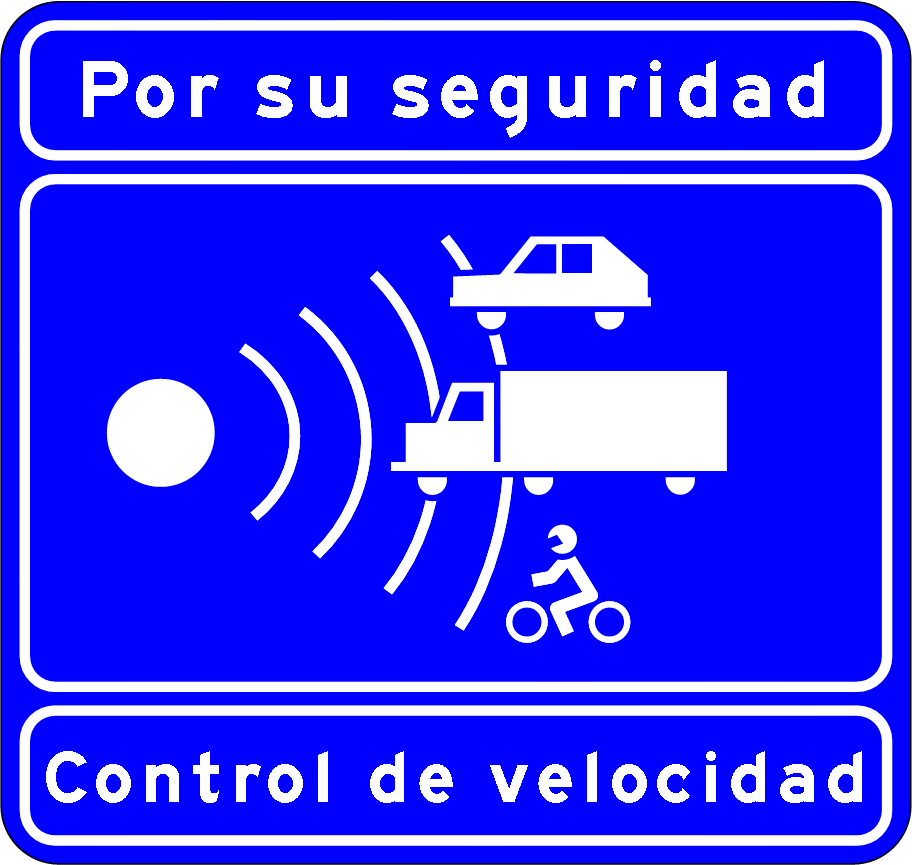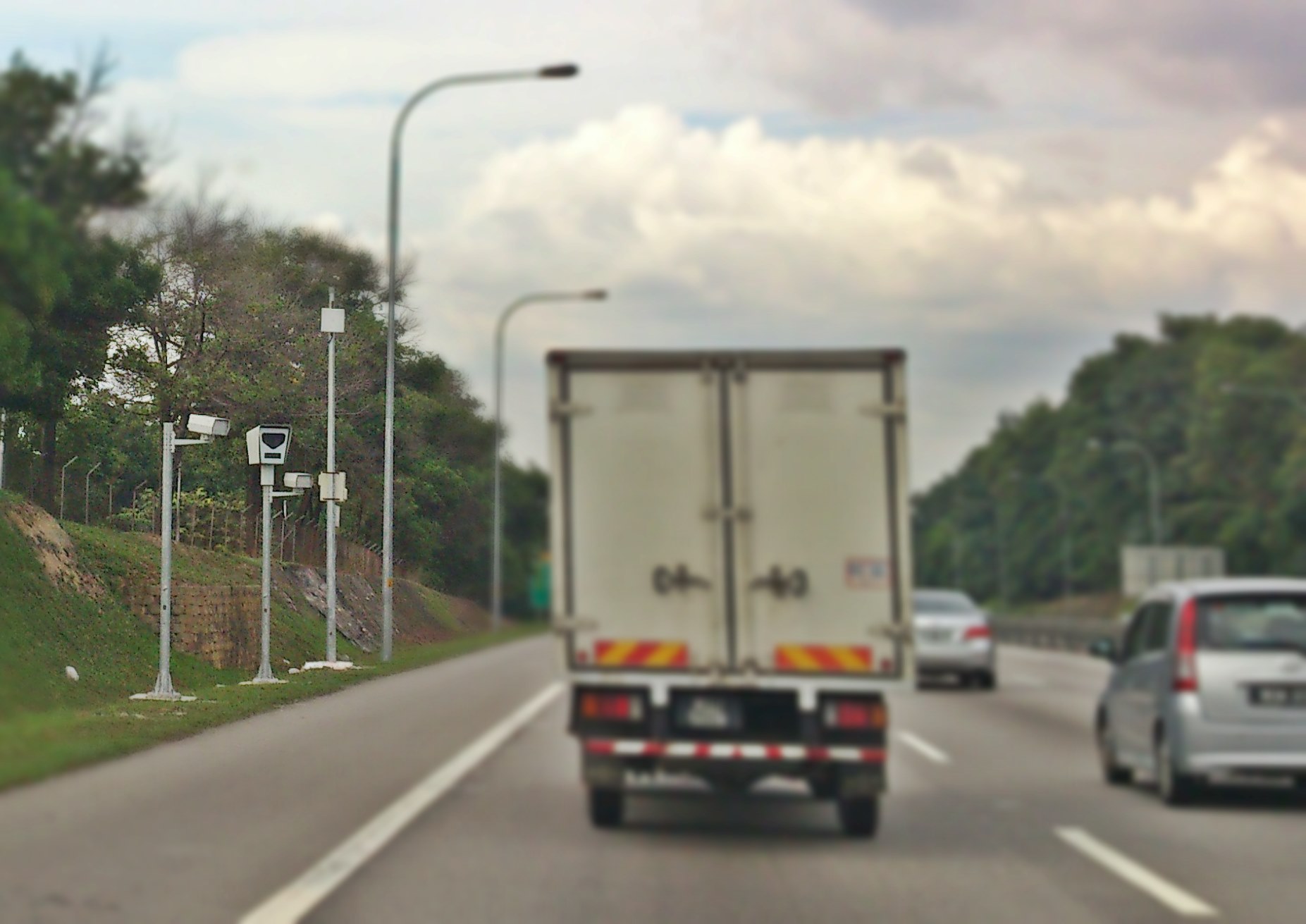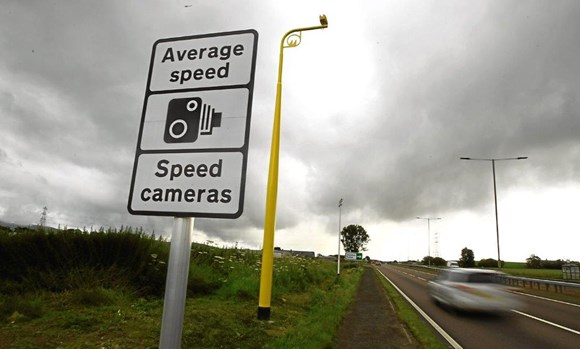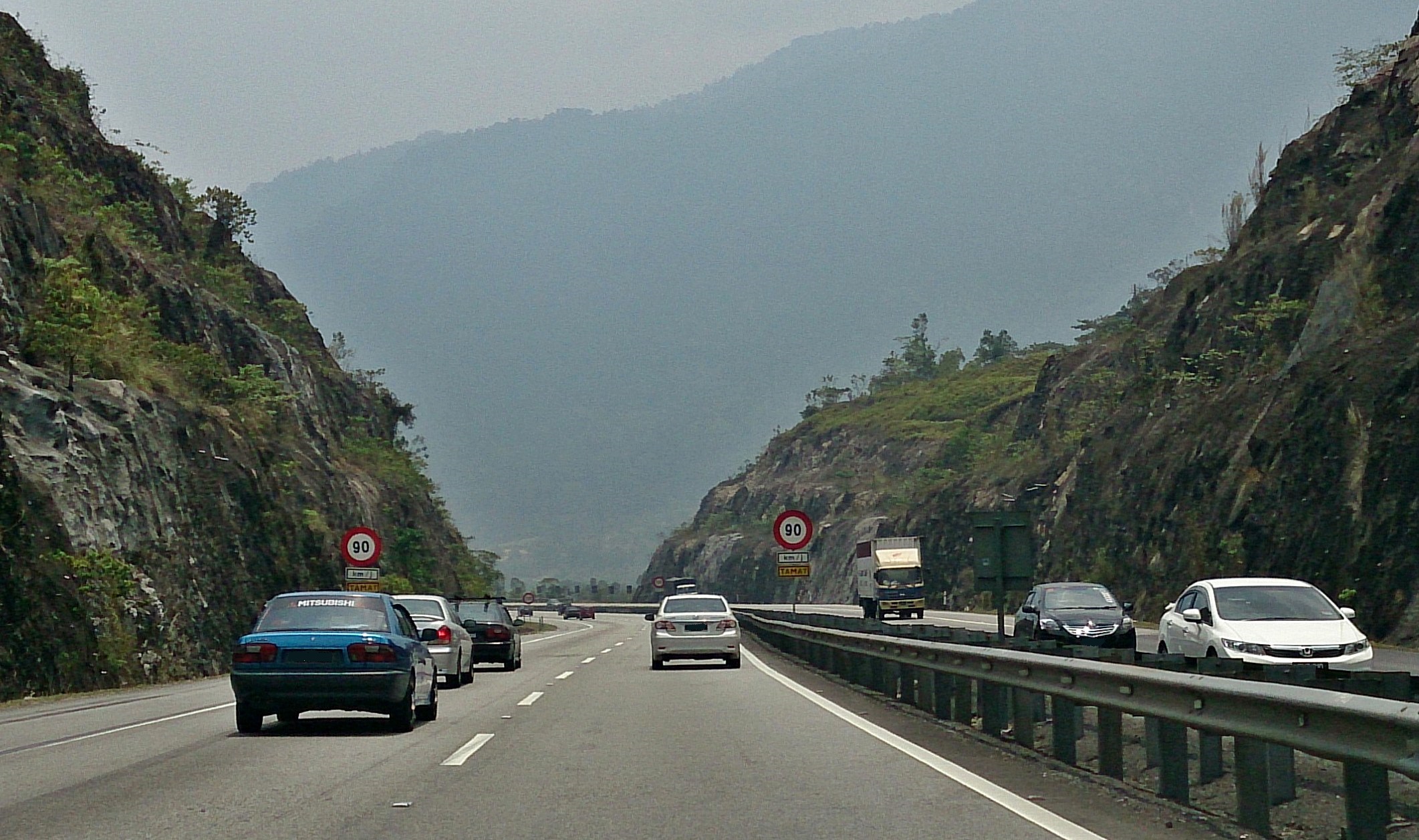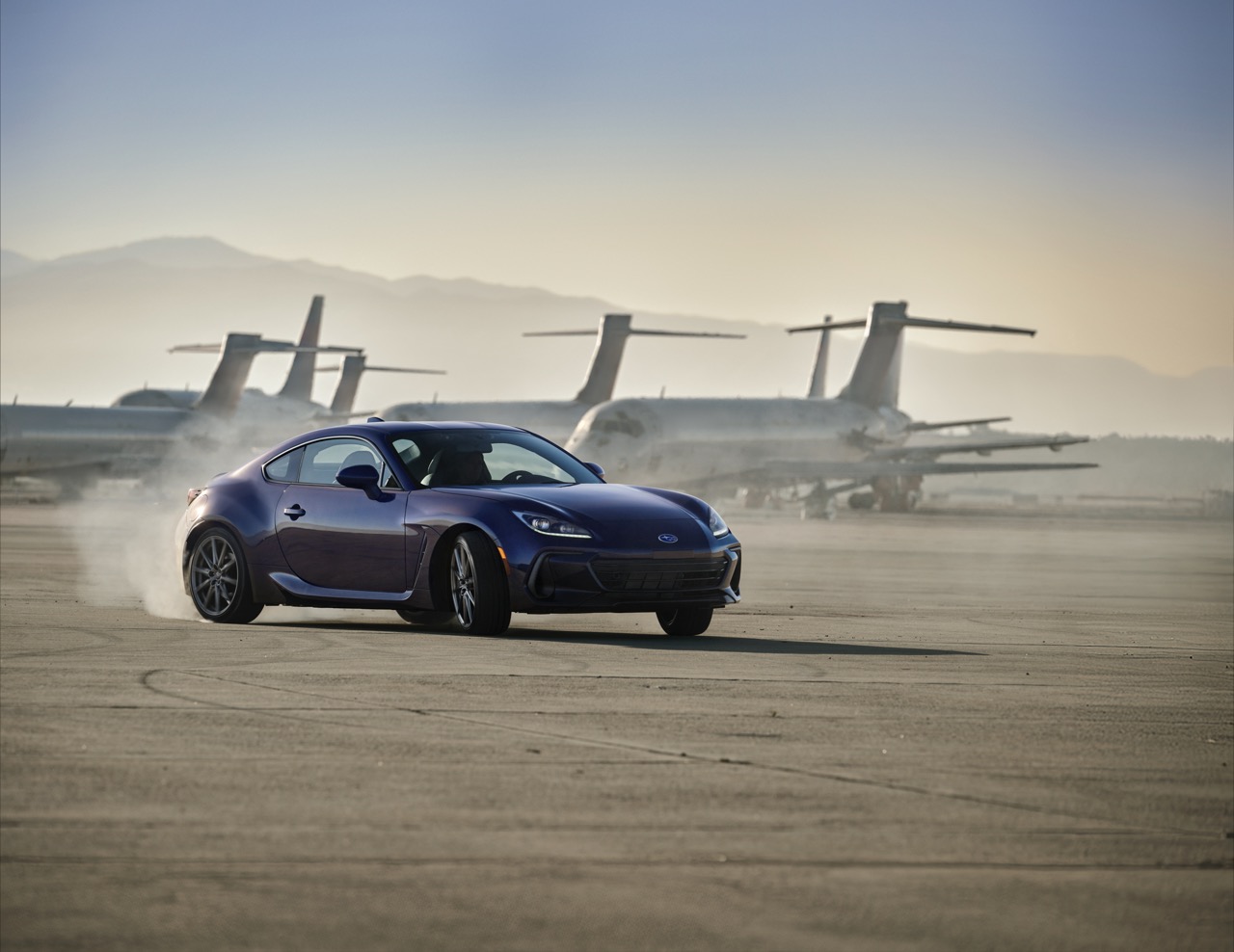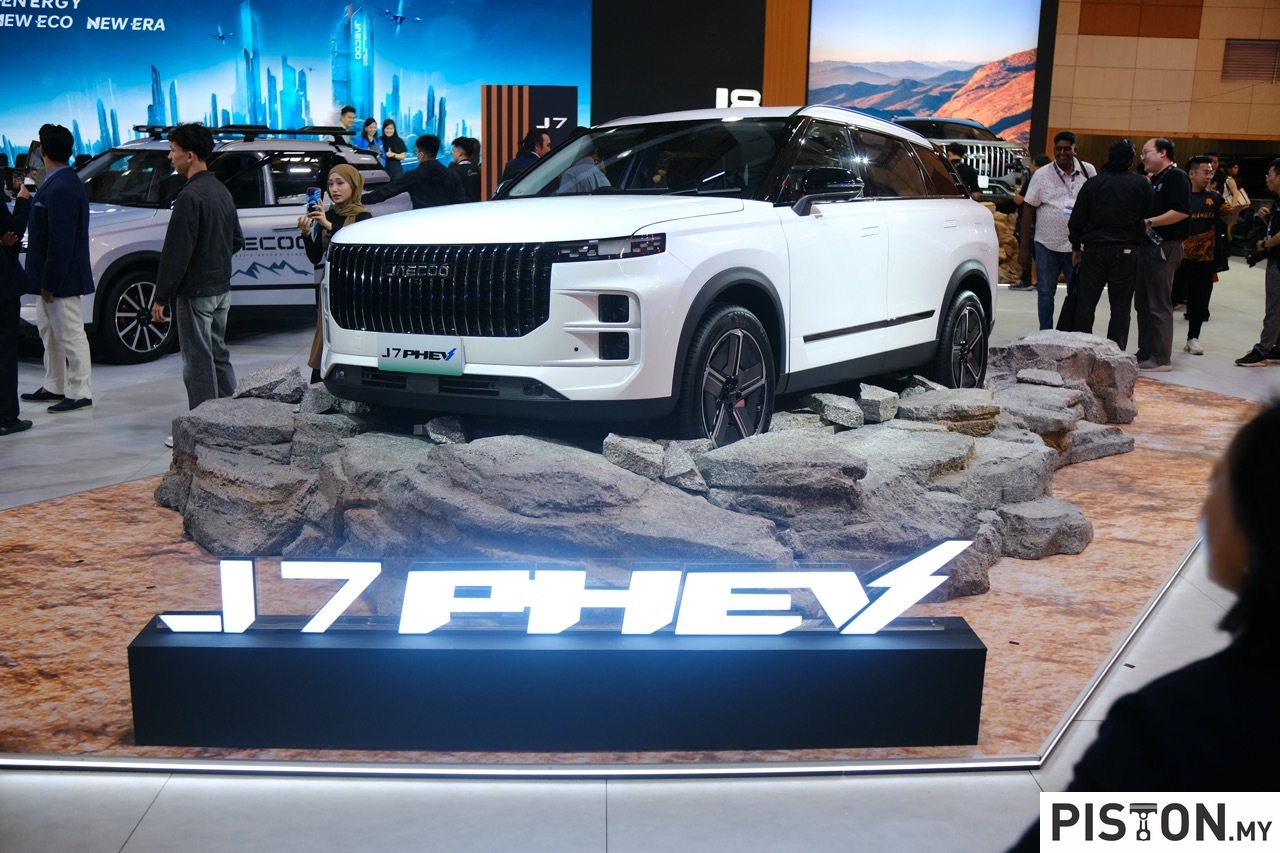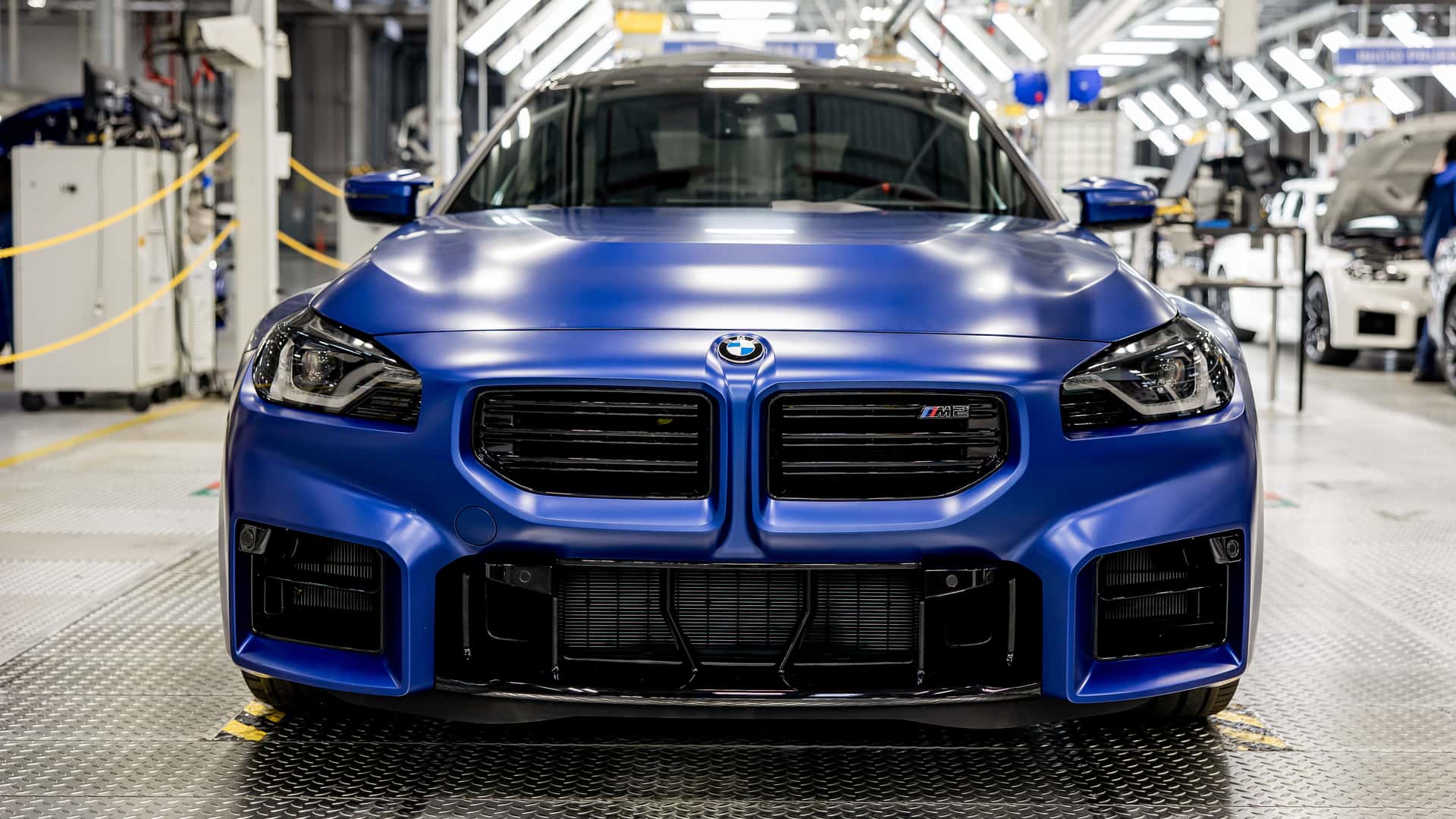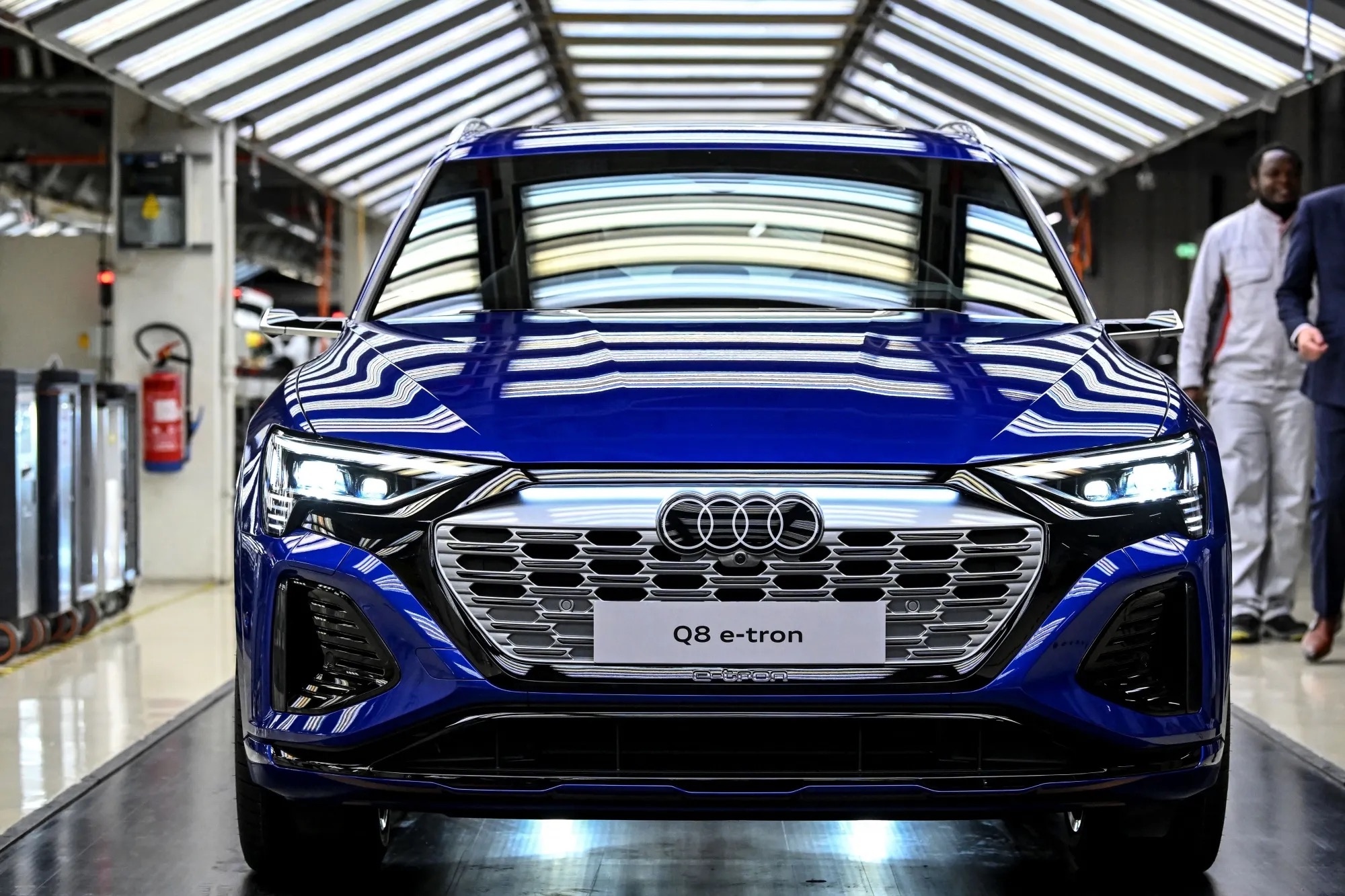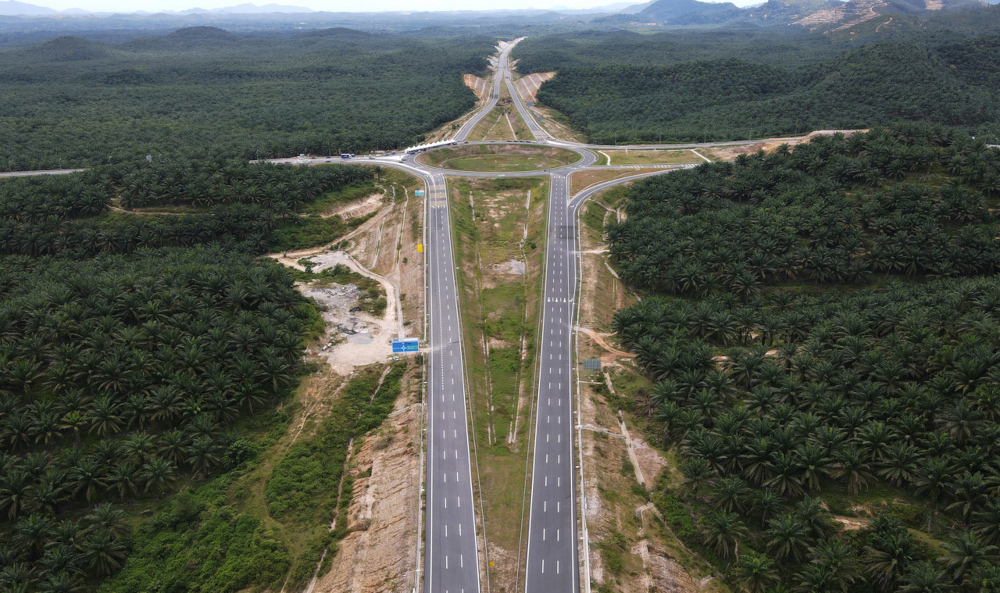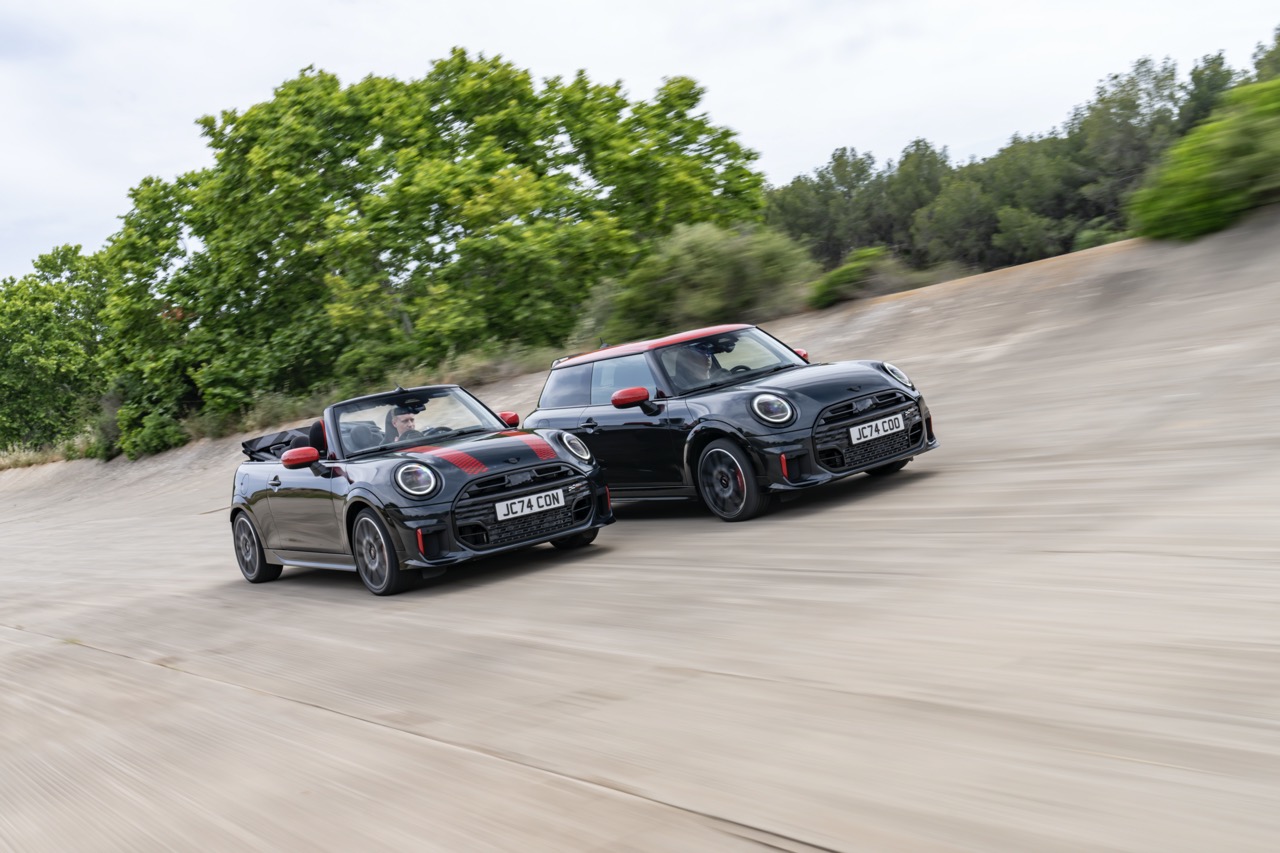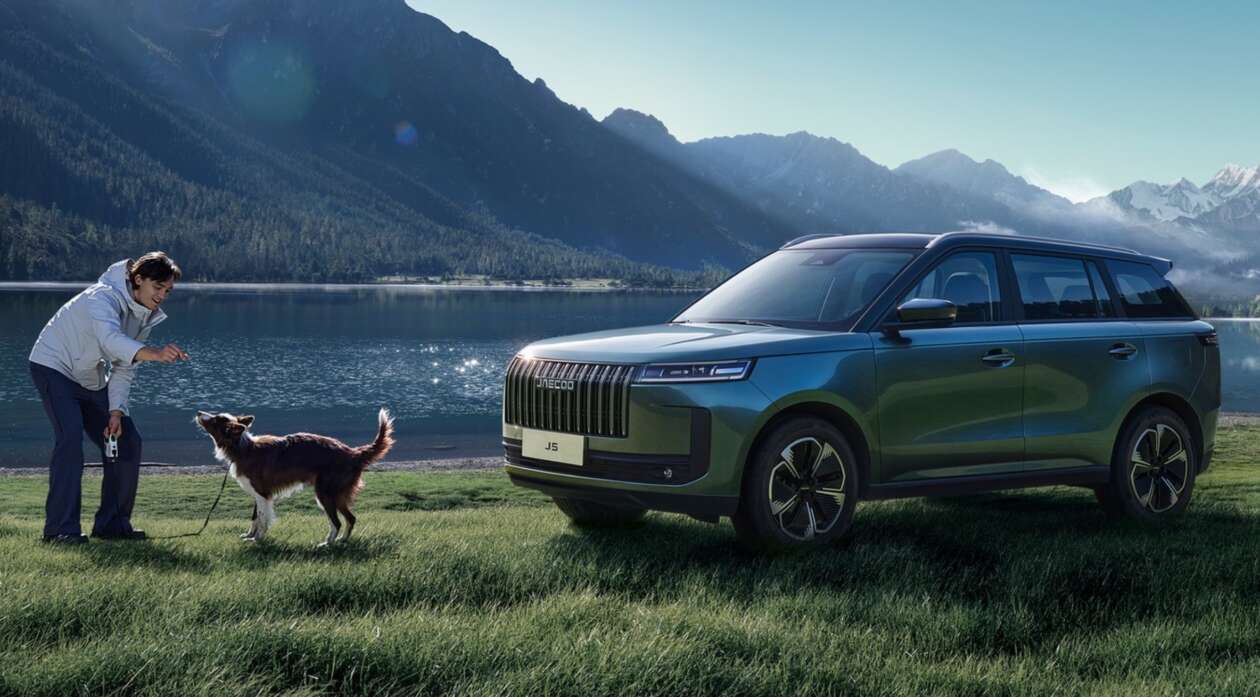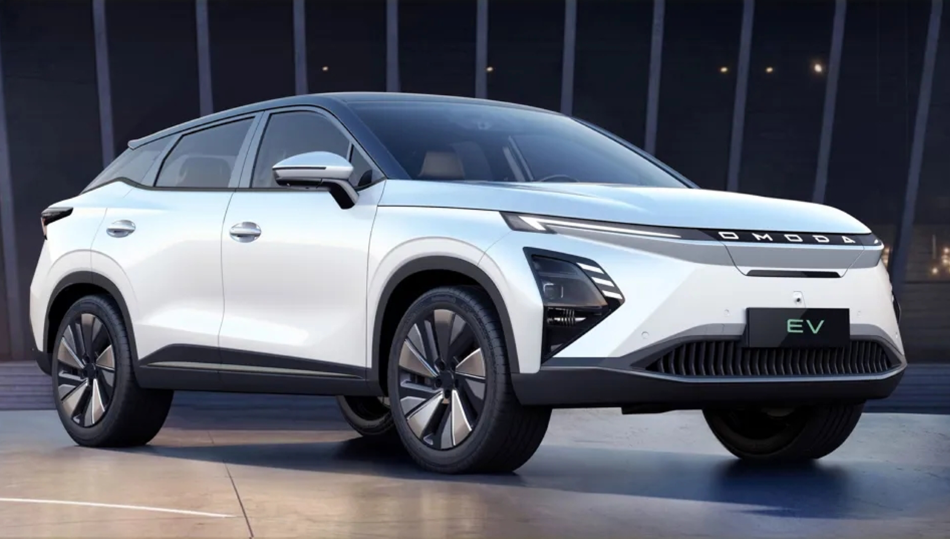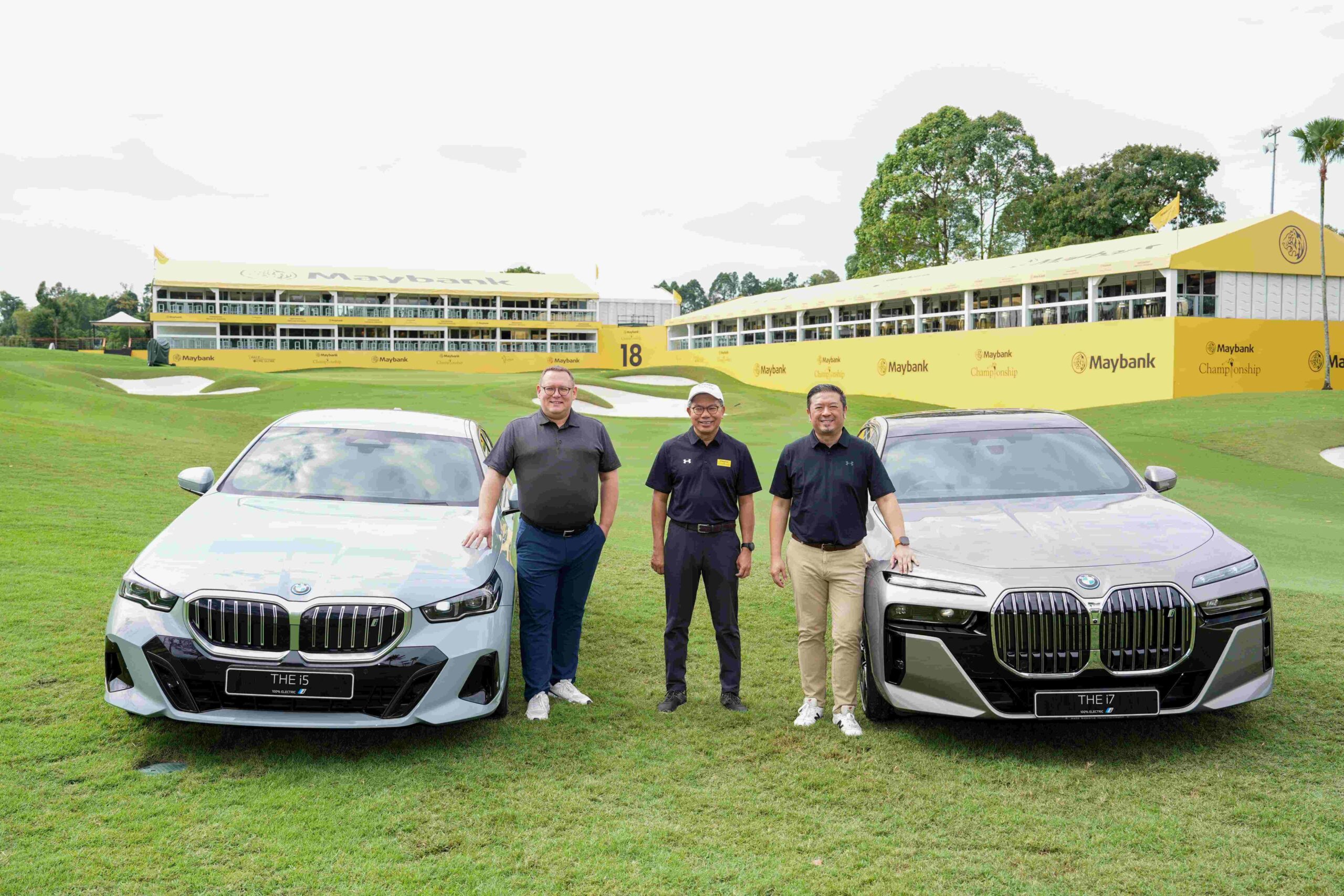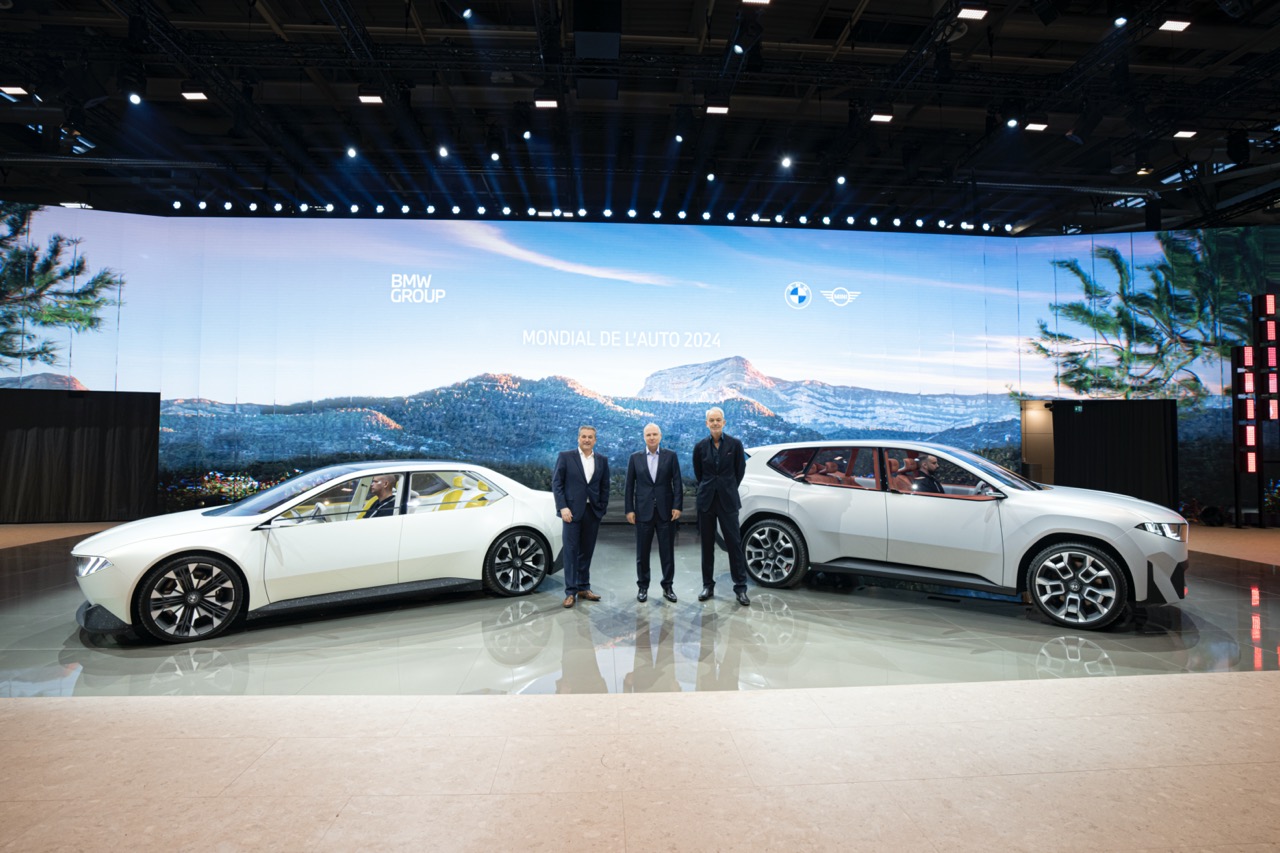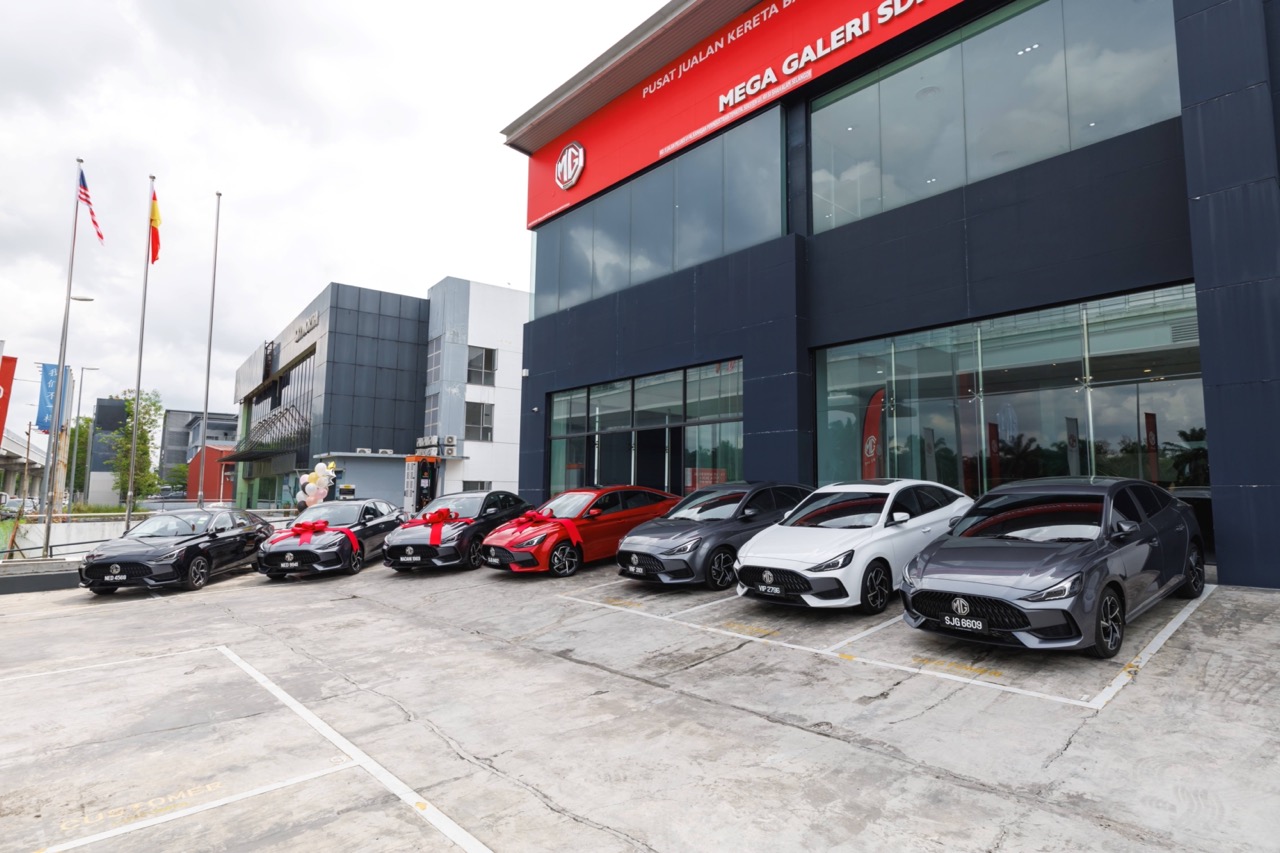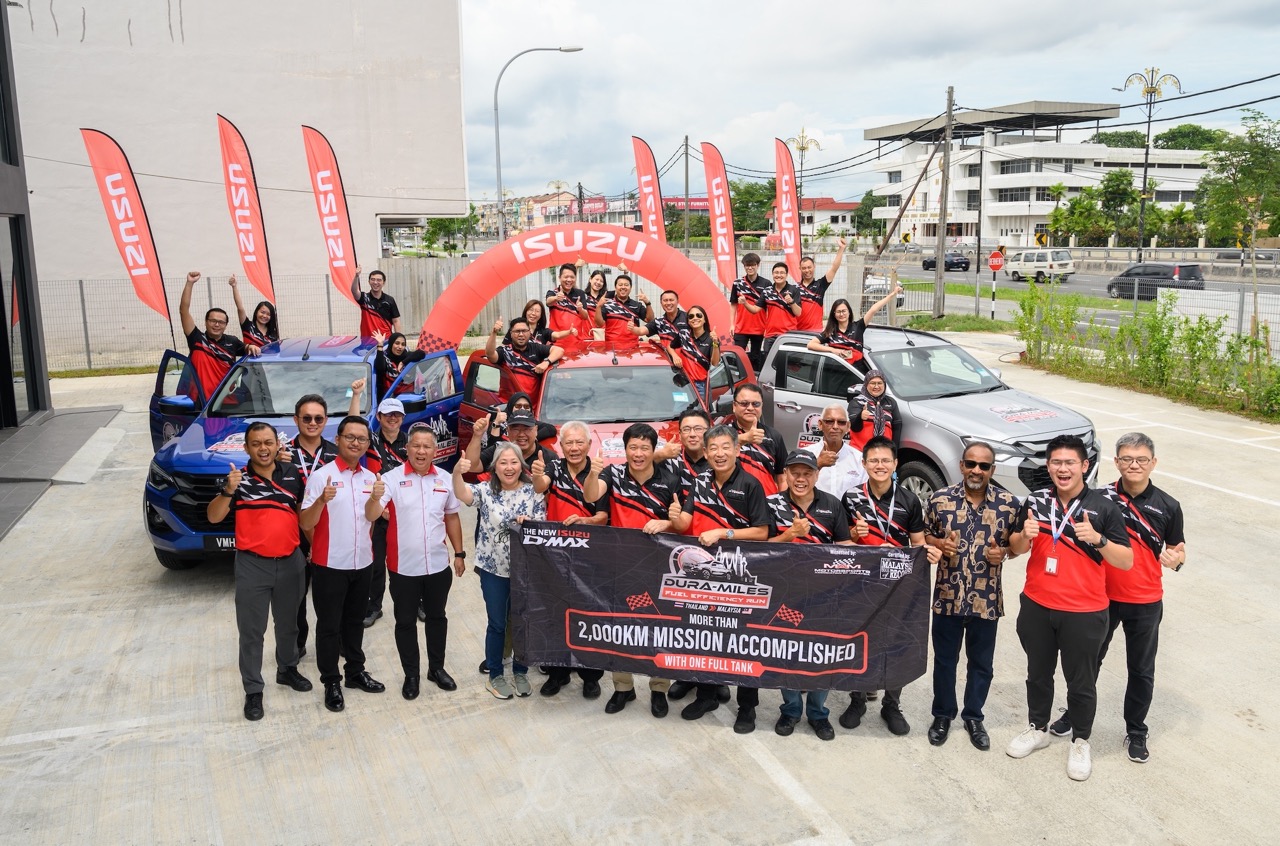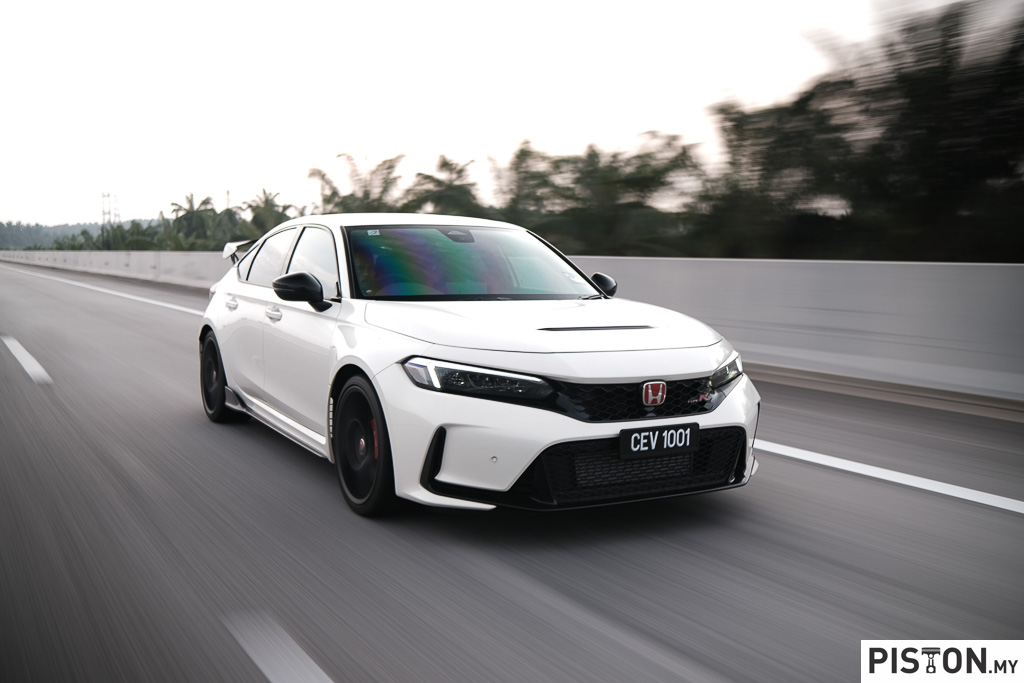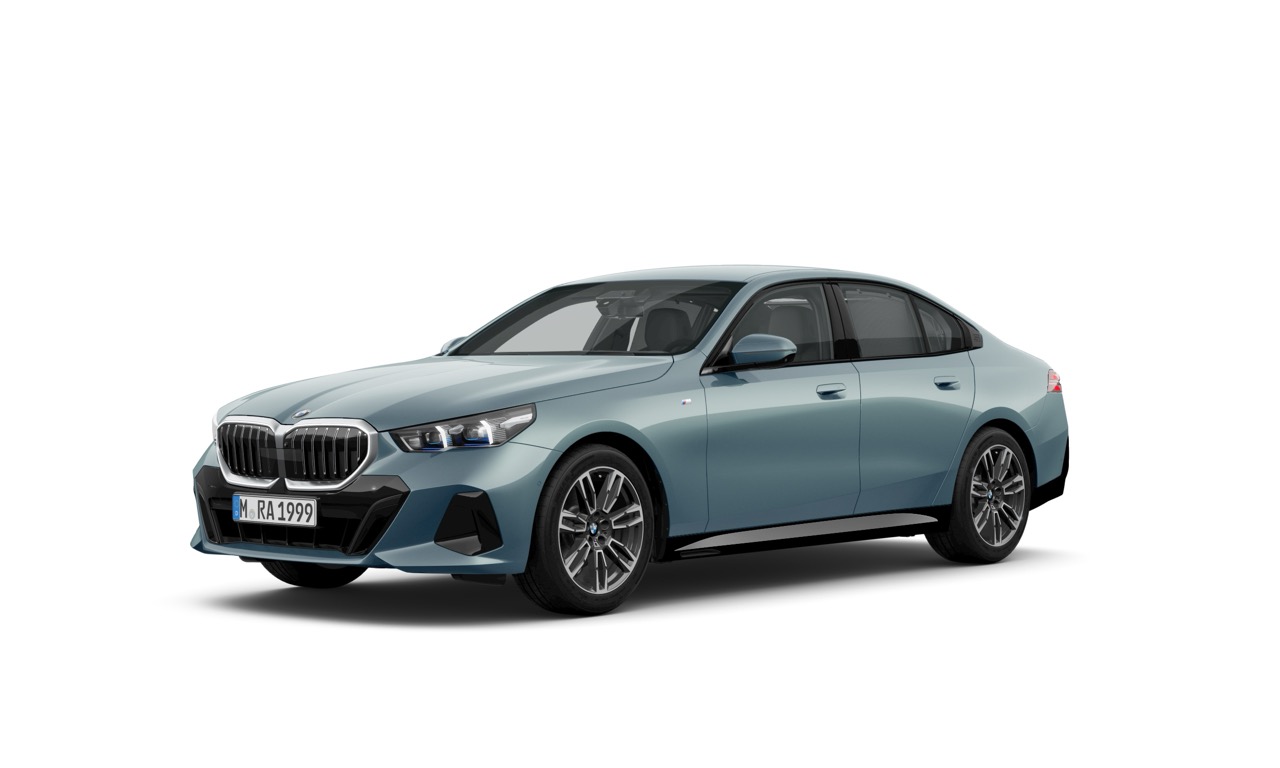In 1962, Ursula Andress came out of the sea and was greeted by the late Sean Connery acting as James Bond Agent 007 in ‘Dr. No’. Who would have imagined that the movie franchise would continue with another 24 more right up to the 21st century?
60 years for a movie franchise is certainly a long time and to celebrate the anniversary this year, Land Rover is entering a rally-prepared, liveried Defender 90 in the 2022 Bowler Defender Challenge with Mark Higgins competing in the North Wales leg this weekend.
Higgins is not only a 3-time British Rally Champion but has also been a stunt driver in Bond movies. His driving skills were used in ‘Quantum of Solace’, ‘Skyfall’, ‘Spectre’ and ‘No Time to Die’. He will make his return to rallying with co-driver Claire Williams on March 26
The Defender 90 the duo will use features a trademark black and gold Bond livery. The stealthy looking vehicle, like those in ‘No Time to Die’, also features a special 007 60th logo on its roof and sides.
“The New Defender is a tough and capable vehicle when it leaves the production line and I’ve seen it perform really challenging stunts while on the set of ‘No Time To Die’,” said Higgins. “With the race-ready enhancements made by the Bowler team and with Claire by my side, we are confident we can have a great result.”
The competition-ready Bond Defender is based on a current Defender 90, powered by the P300 Ingenium powertrain. It is equipped with a number of safety modifications, including a full roll-cage, enhanced cooling for the engine and transmission, a sports exhaust and new rear roof spoiler.
Other enhancements include strengthened 18-inch Bowler wheels with all-terrain tyres and a bespoke suspension design with modified subframes, new springs and unique turrets for increased stiffness.
“To celebrate Land Rover’s long-running association with the Bond franchise, our very own special agent will showcase the durability and all-terrain capability of Defender with a nod to its special appearance in ‘No Time To Die’,” said Finbar McFall, Land Rover Brand Director.
Regulated by the Motor Sports Association and operated by Bowler, the 12-team 2022 Bowler Defender Challenge is designed to act as a feeder series for global rally-raid competitions including the annual Dakar rally.
The first time a Land Rover model had a noticeable presence was in ‘Octopussy’ (1983) and it was a Ranger Rover convertible. Thereafter, various models of the 4×4 brand would appear in ‘The Living Daylights’ (Series III/Range Rover), ‘Tomorrow Never Dies’ (Range Rover), Casino Royale (Range Rover Sport), ‘Quantum of Solace’ (Range Rover/Defender 90), Skyfall (Defender), ‘Spectre’ (Defender, Range Rover and Discovery Sport).
‘No Time to Die’, the final movie of the Daniel Craig series, saw some spectacular action with the Defenders flying through the air in pursuit of Bond. It was the first movie to have the New Defender which was launched in 2019. Based on the Defender X model in Santorini Black, with darkened skidpans, 20-inch dark finish wheels and professional off-road tyres, they were also the first Defenders to be built at Jaguar Land Rover’s new production facility in Slovakia.
The New Defender 110 has been available in Malaysia since last year and Jaguar Land Rover Malaysia recently gave a sneak preview of the Defender 90 which is the shorter version with two less doors. To know more about the Defender or to purchase one, visit www.landrover.com.my.
Land Rover’s New Defender is now available in Malaysia, priced from RM798,800




